Take A Walk Around Batan with Elizabeth McLean
Writer & Painter
Vancouver, BC
March 2017
Elizabeth McLean's days at Elmo’s House was organized with precision and amazing commitment to her projects. Mornings were usually occupied with finishing the first several chapters of her second book. Afternoons were spent working on her paintings done on bamboo paper in the upstairs studio. Meals from locally harvested vegetables, fruits and seafood provided natural breaks in between her work projects. Leisurely walks to the market, past lush gardens of tropical plants, offered necessary mental recharge to maintain the steady pace.
Never shying away from an adventure, Elizabeth was one of the first artists to respond to the invitation to participate at Elmo’s House. This instinct to always take on an opportunity as a challenge has lead her to succeed in various careers. Seemingly unrelated, these career ventures have collectively added up to a full and interesting life.
Prior to her time at Elmo’s House, Elizabeth had spent two months in Hanoi, Vietnam on a Canada-Council supported writing and research residency, which was instrumental in establishing a working routine she continued in Batan.
"I have always lived in big cities. In the Philippines I lived in a small village."
Elizabeth’s Work
Having lived in Vietnam between 2005 and 2011, Elizabeth’s first published fiction explored the lives of Vietnamese women through eight narratives. Each narrative is set in a different century. Her second book dramatizes the life of one of Vietnam’s revered national heroines, Trưng Trac, who in the first century of our era led a heroic uprising against the Chinese. At that time women’s lives were limited to domestic matters. With this novel, Elizabeth is attempting to look beyond patriotic spin and touristy slogans and explore what made Trung Trac the exception.
The skin of a jackfruit, the trunk of a balete tree, the wild orchids growing on the side of a repurposed branch, the bamboo fish cages that jut out from the waters of the ocean have inspired the paintings she began during her stay. The bamboo paper she used was from an art supply store she sourced in Manila. Sold in long rolls, the paper formed the banner for her paintings. It seems that with her mixed-media art work Elizabeth is also avoiding the stereotyped and the banal, zeroing instead on the details that stoked her interest and imagination.
Outside the Studio
Conversations over dinner naturally meandered to the personal and unravelled unexpected commonalities and shared work history. 30 days together in the same studio and living space amounted to the intimate knowledge of what fuels Elizabeth. The disclaimer being, that there are oceans more to unravel in understanding her full measure.
The month of March brought unexpected household difficulties that could have disrupted the flow of work. Instead, Elizabeth had not only persisted but thrived in the unique conditions of Batan and Elmo’s House.
What are the projects you worked on while living at Elmo’s House?
Before coming to Elmo’s House I had spent the months of January and February 2017 in Hanoi, revising my novel and collecting new materials on life in the Valley of the Red River in the 1st century. My plan for March and my stay at Elmo’s House was to put the novel on the back burner and concentrate on my artwork. In Manila, I found an excellent art shop (Deovir Arts, 778 Quezon Blvd.) and bought three meters of good mixed-media paper. The minute I had the roll in my hand, I knew I would not cut it up into small sheets but work big on the entire surface and go bold with colours.
What’s was it like to write about Hanoi or particularly Trưng Trắc while you were in Batan?
It felt good not to be on Trung Trac’s heels but see her silhouette from a distance. At Elmo’s House I was able to rework many over-the-top sentences I had written in Hanoi.
Your personal history seem to have a lot of similarities with Trưng Trắc, your new book’s heroine. What drew you to her in the first place?
I am attracted to women-protagonists who go against the grain, defy authority, jump out of the box and move around to explore life. Why does a writer choose to write what she writes? Because the subject or the persona stirs her and she pines to tell the story.
How long have you been doing research on her?
I have been reading about Trung Trac since arriving in Hanoi in 2005, and started taking notes about three years later. After that, whenever I read about the life of a woman, I paused and asked, What would Trac have done?
Your paintings are impressions of the textures, shapes and colours you have encountered during your stay here. Can you talk more about why you were drawn to focus on these aspects?
I am a gestural artist (painter and writer). I like to make a bold move, a sudden turn, a strong plot reversal. I vary dry and wet media in painting the way I vary voices and themes in writing. Batan is a treasure chest of shapes, textures and colours to choose from. You just need to keep your five senses in the state of alertness.
Walking with Elizabeth
It began at Elmo’s House, down the road to the green bakery and along narrow streets. It had frequent orchid stops and many curious hellos. Elizabeth’s daily walks became an expected and welcomed routine by locals.
Checklist
Umbrella or Wide-brimmed Hat
Sunscreen
Handkerchief (for perspiration)
Camera
Tote-bag (to carry precious finds)
Water Bottle
Sundress or Mumu
Comfortable Slip-ons
50 Pesos (for Chiffon cake or papaya)
An Eagle Eye and a Friendly Smile
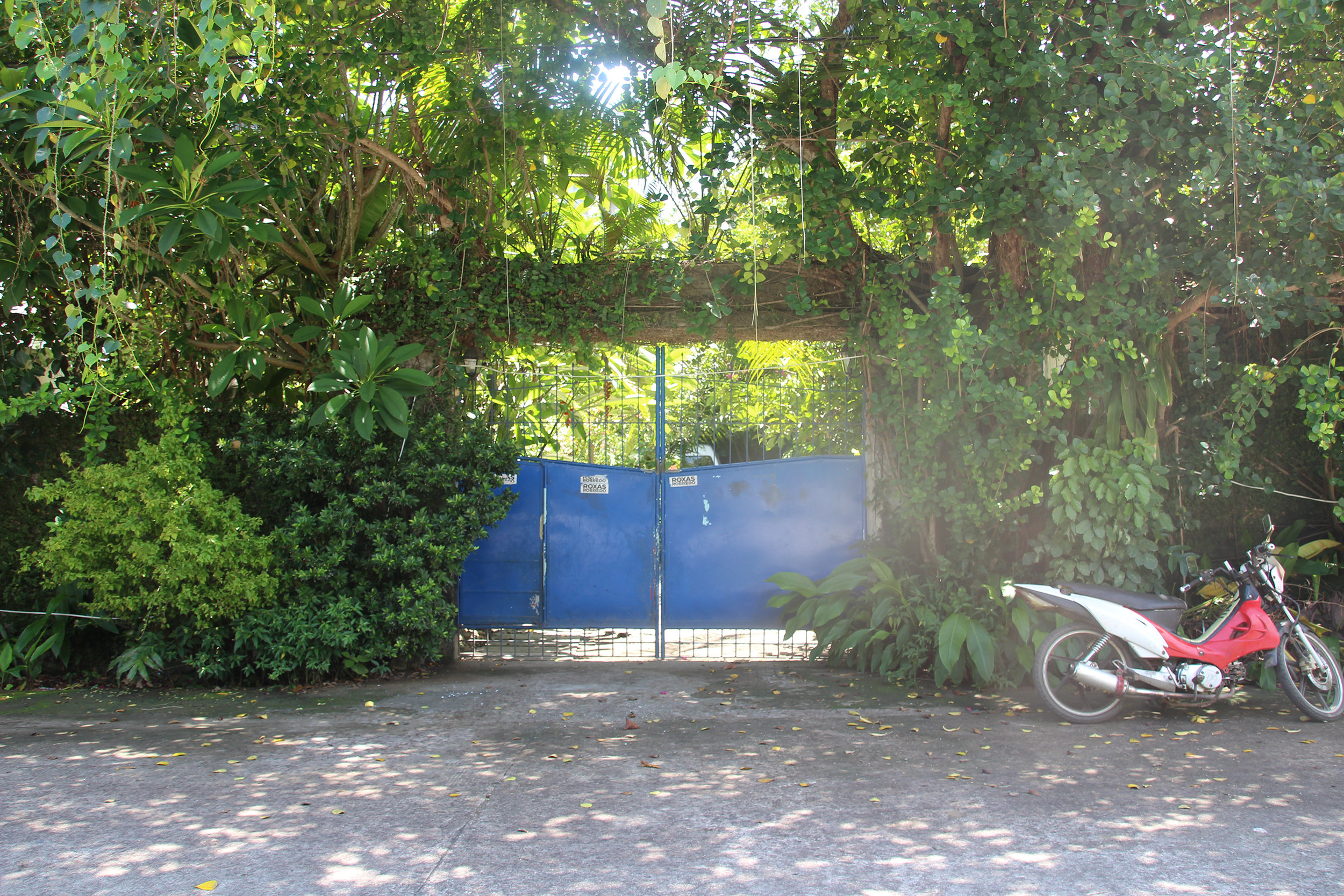
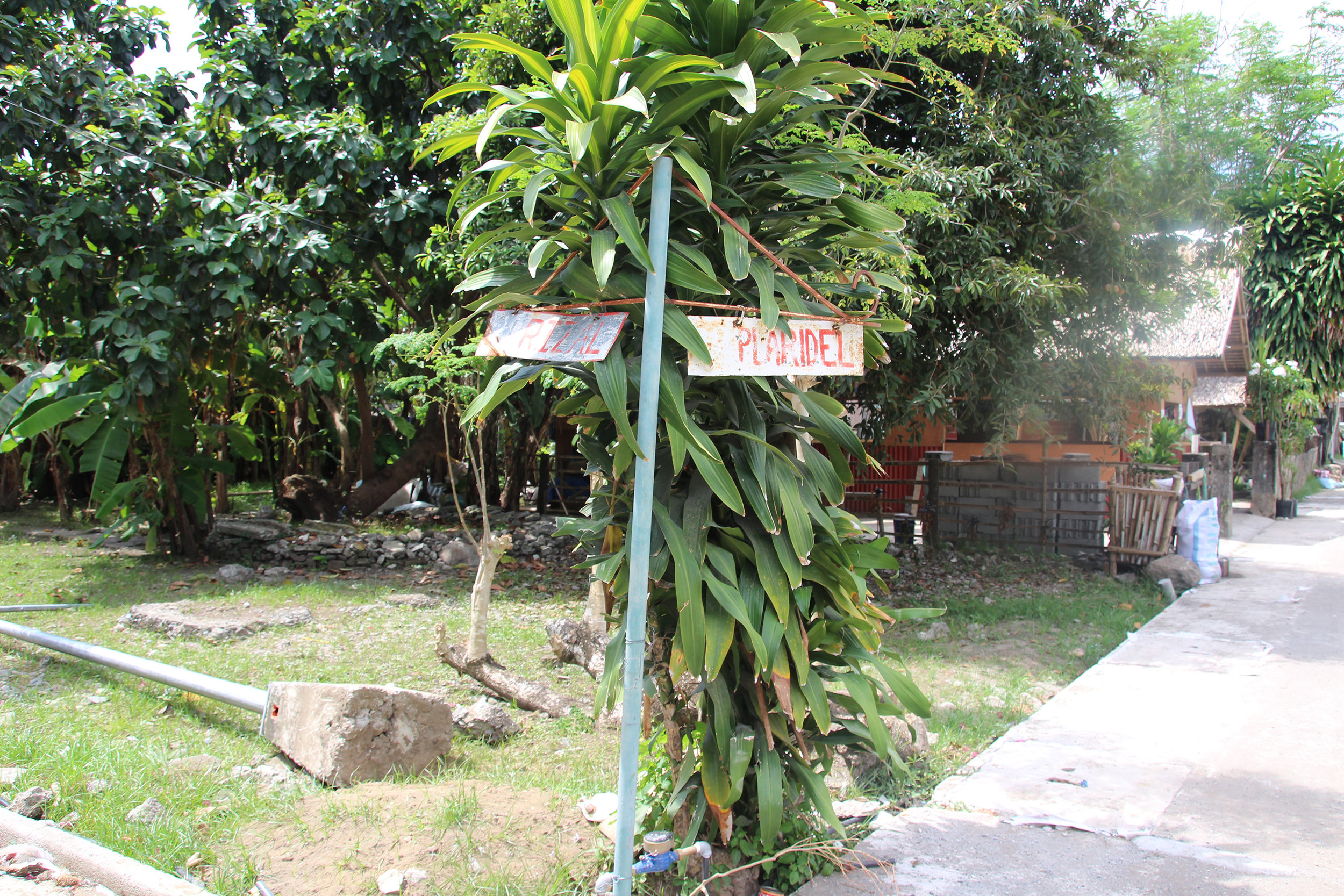
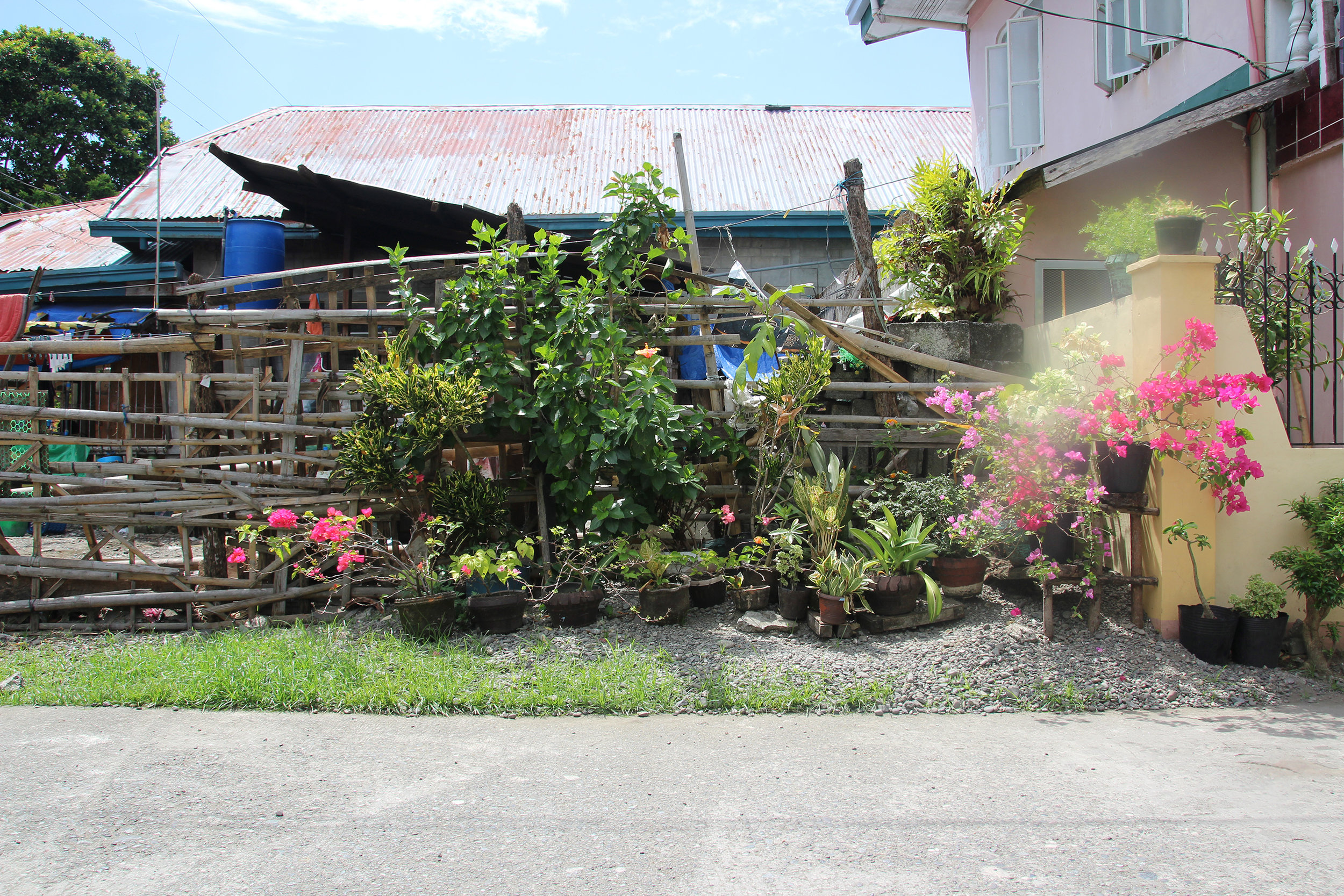
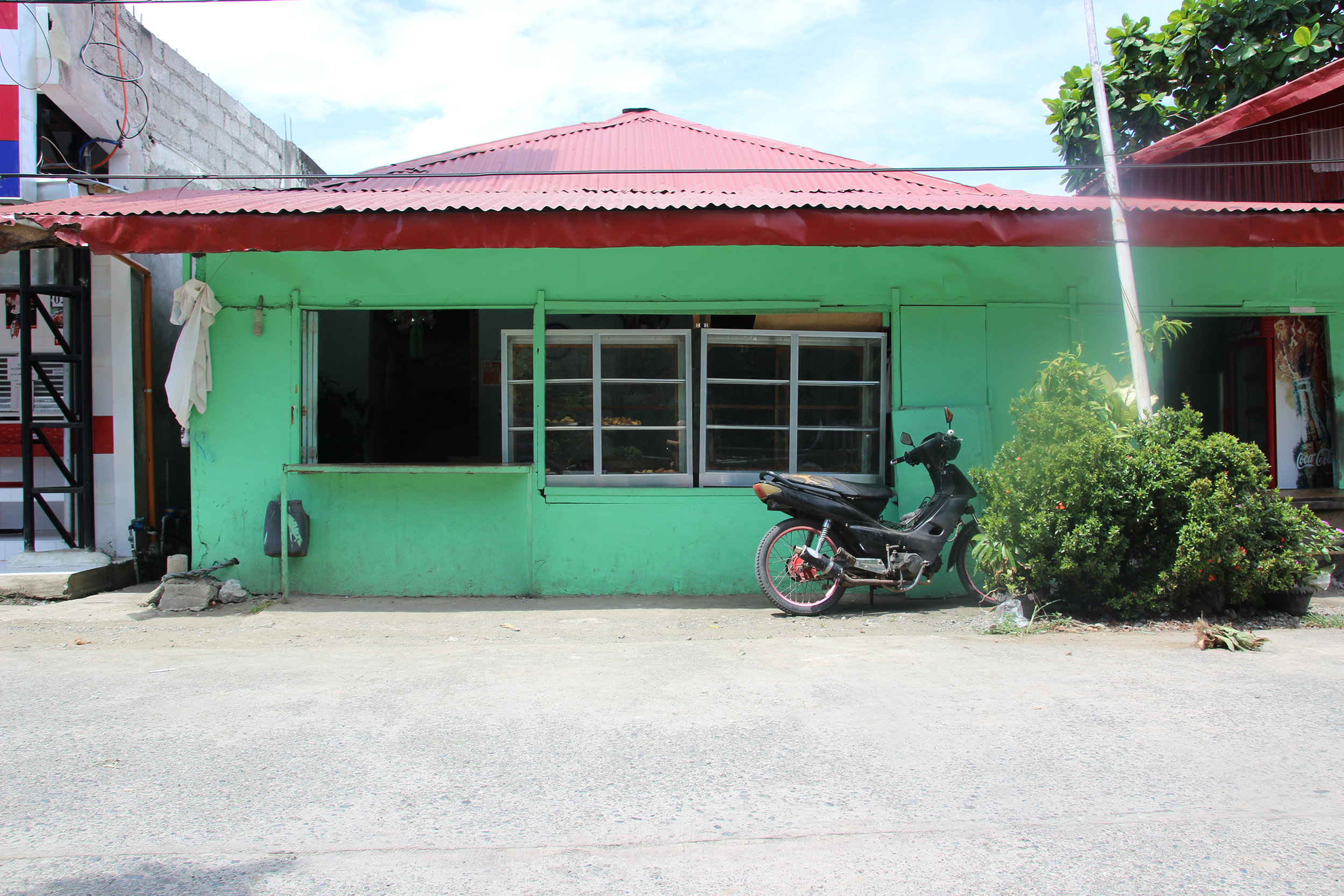
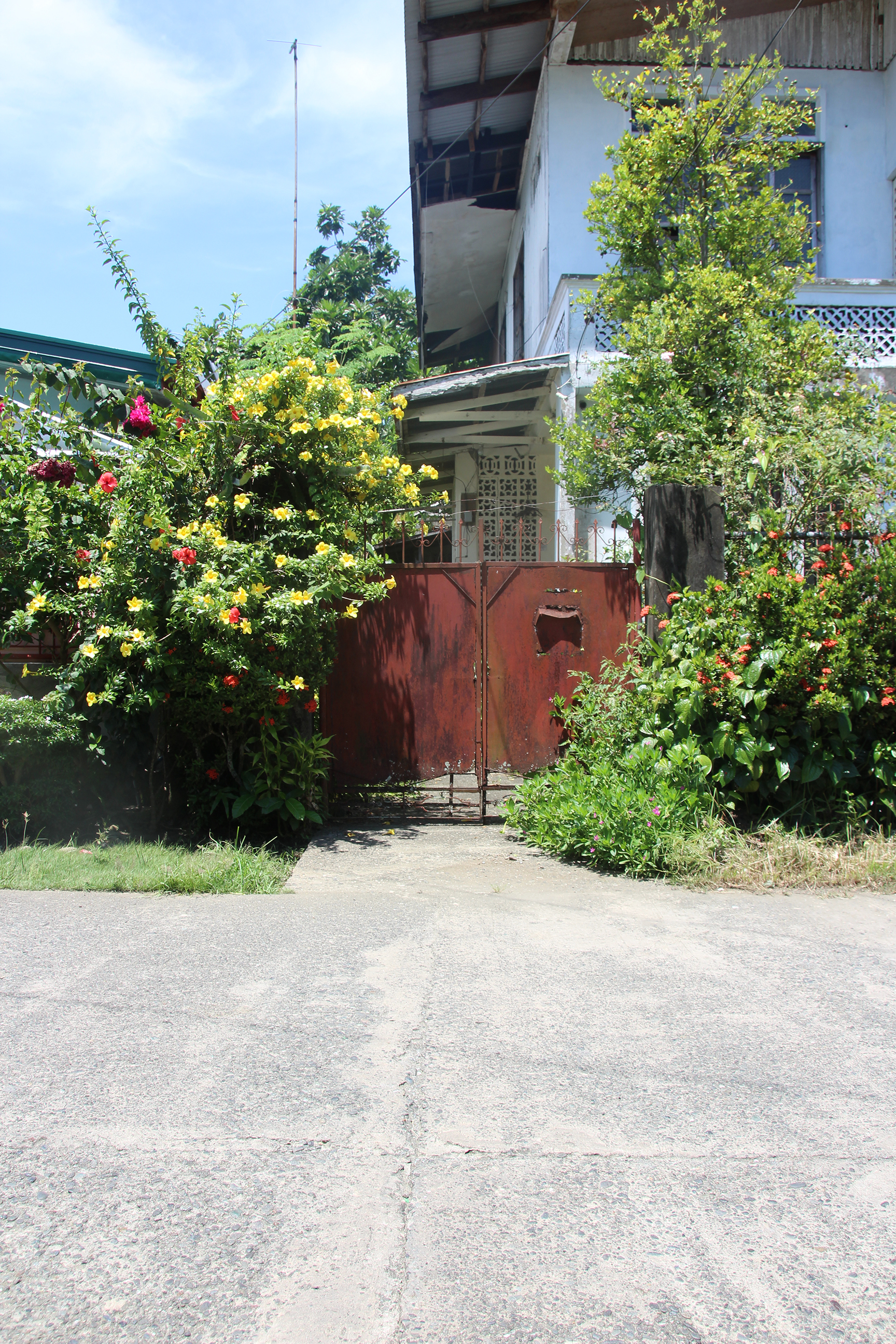


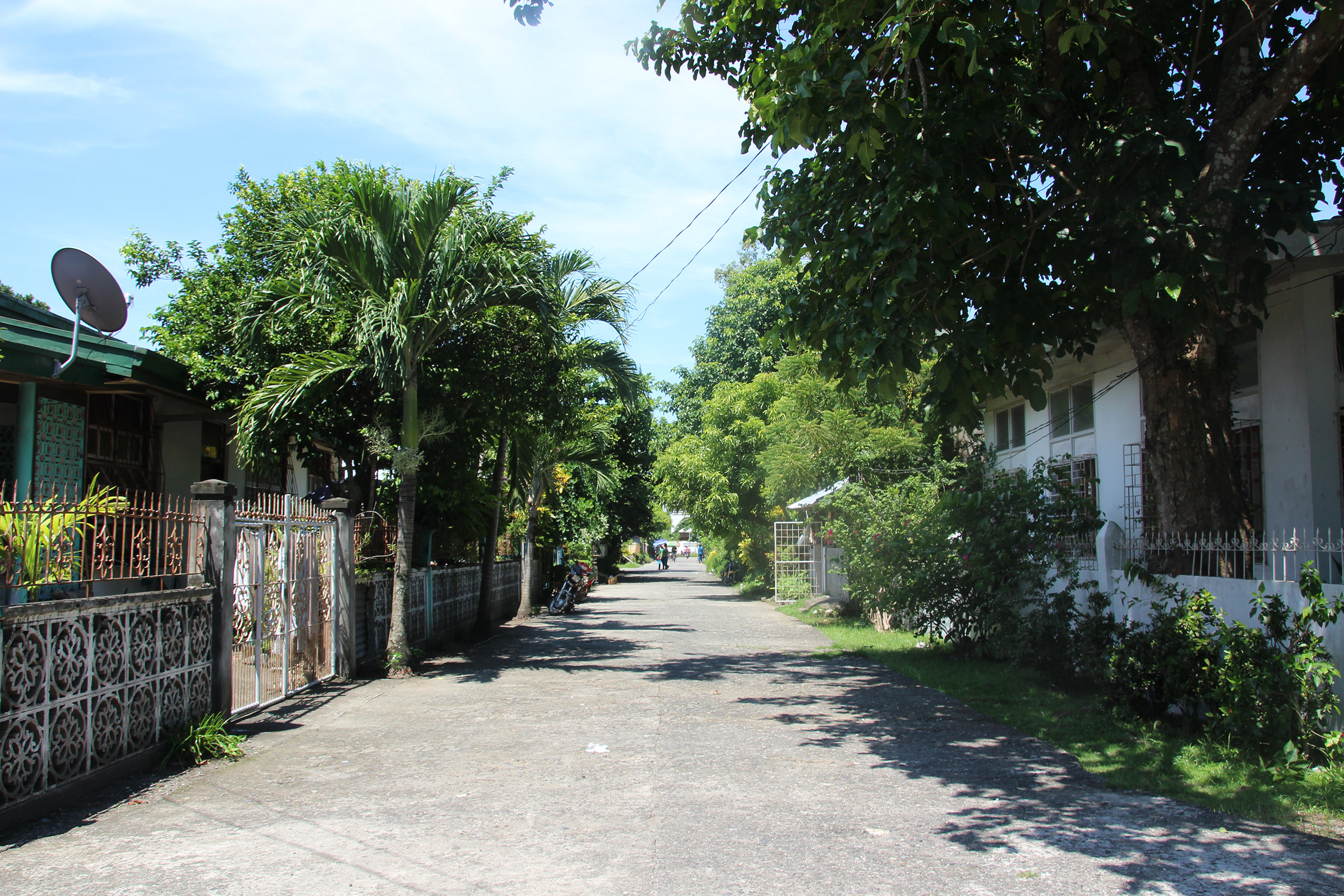
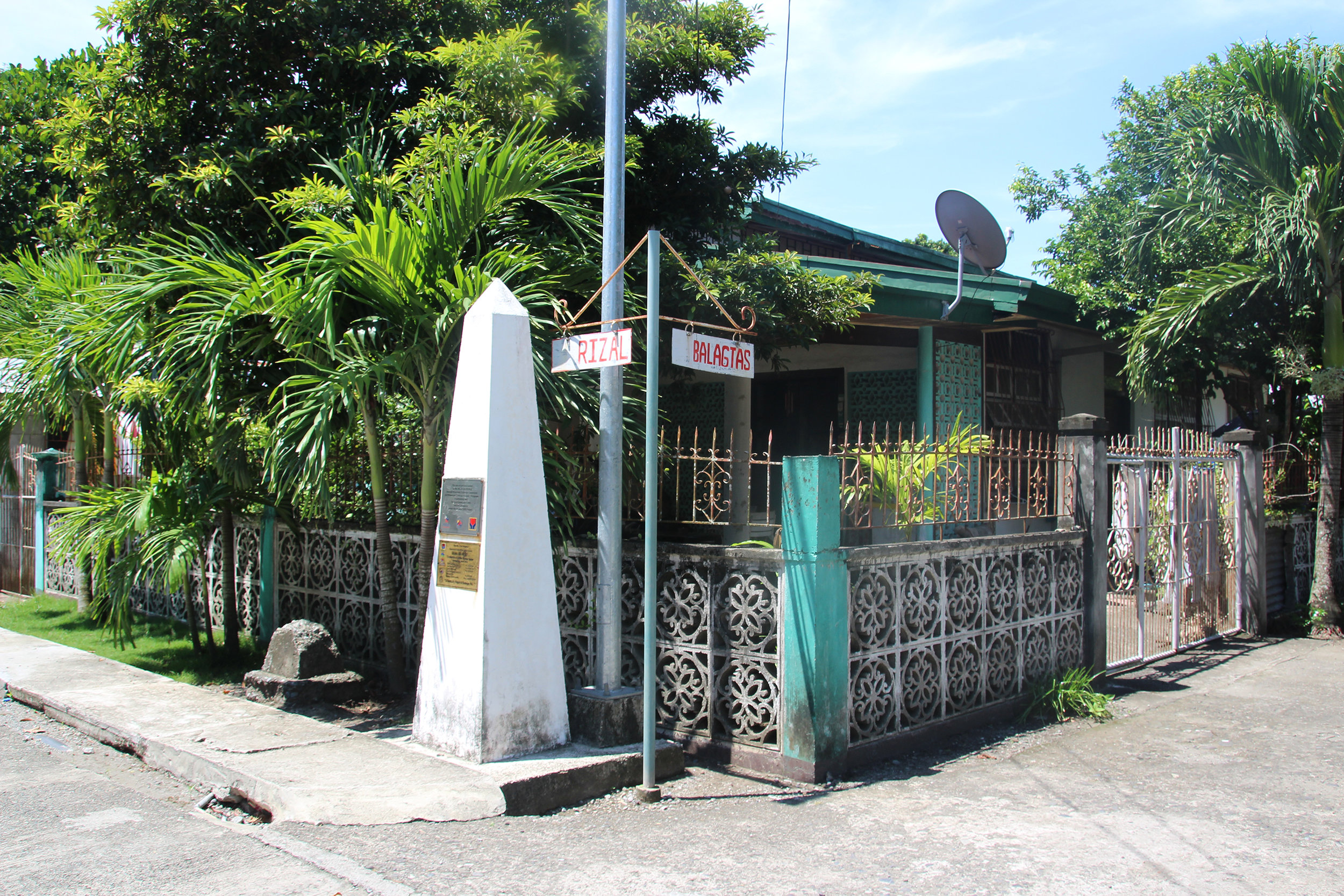
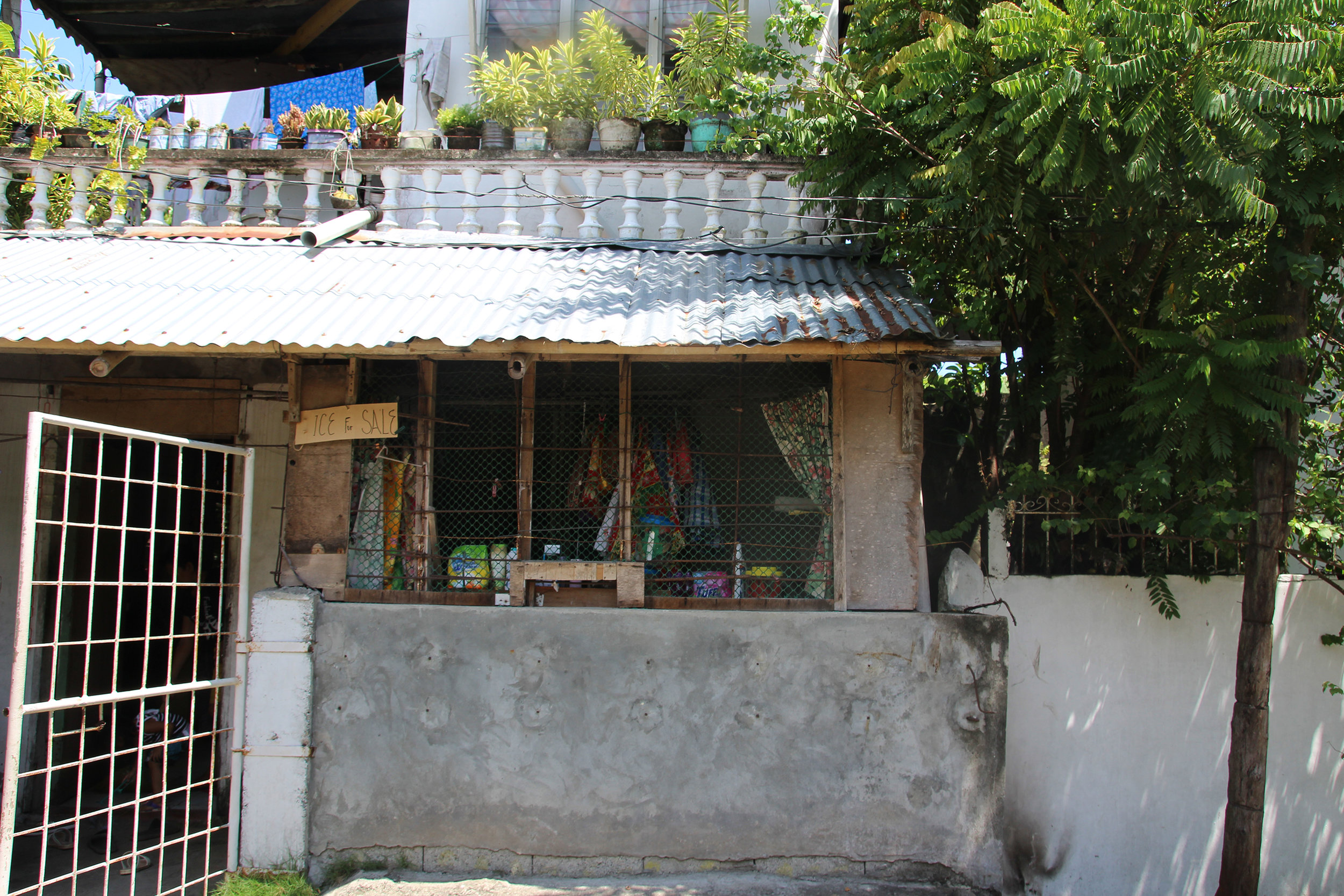
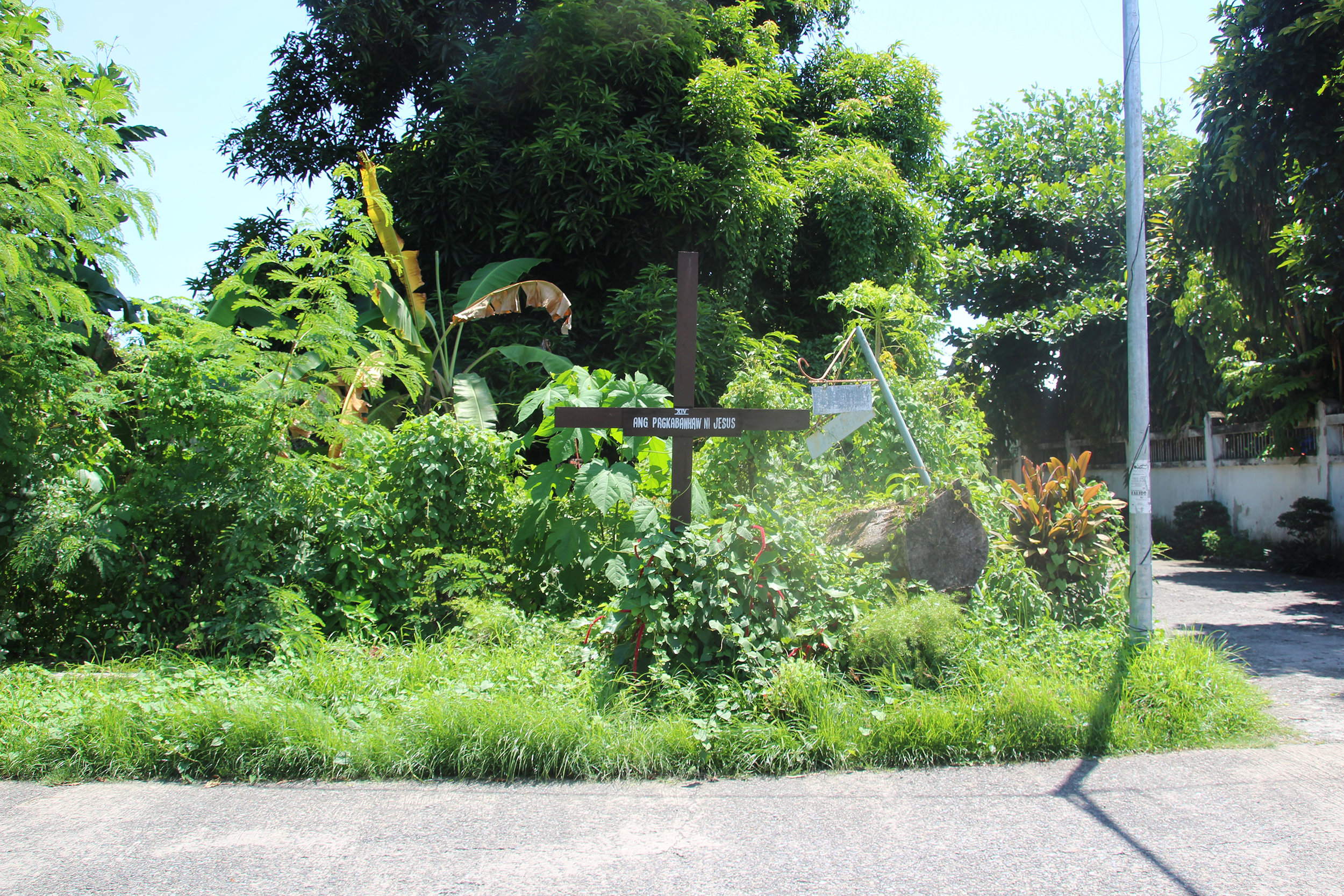
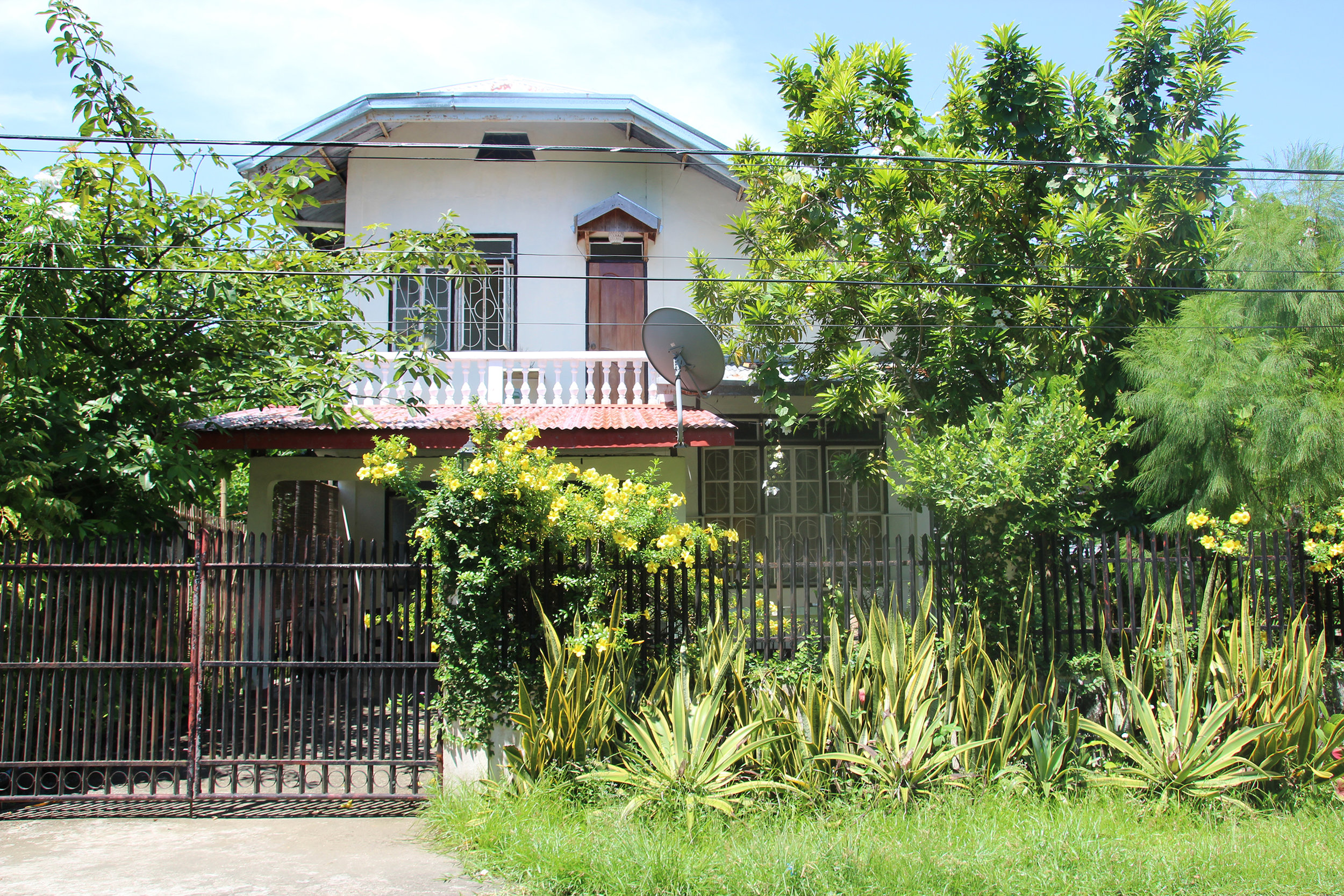


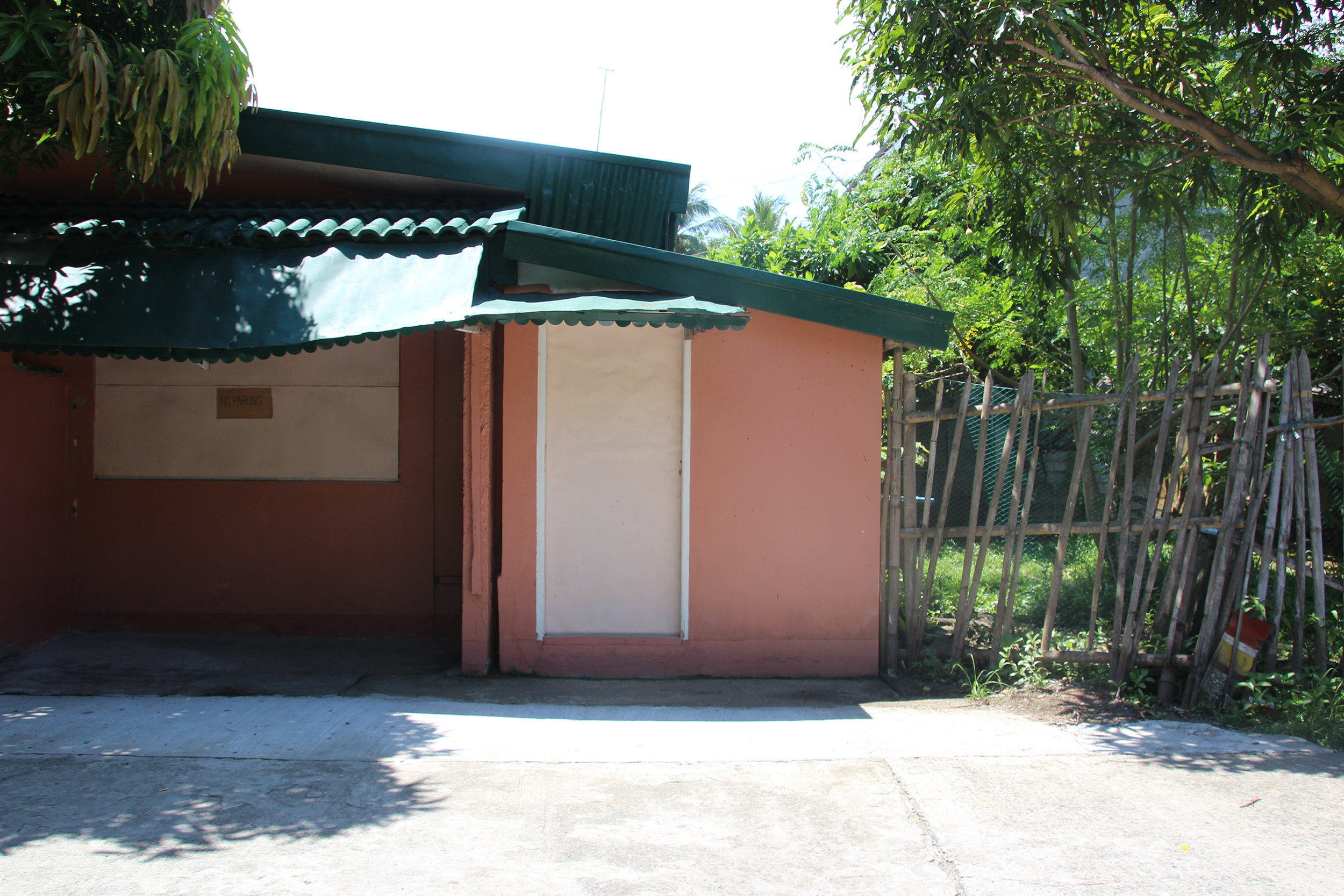
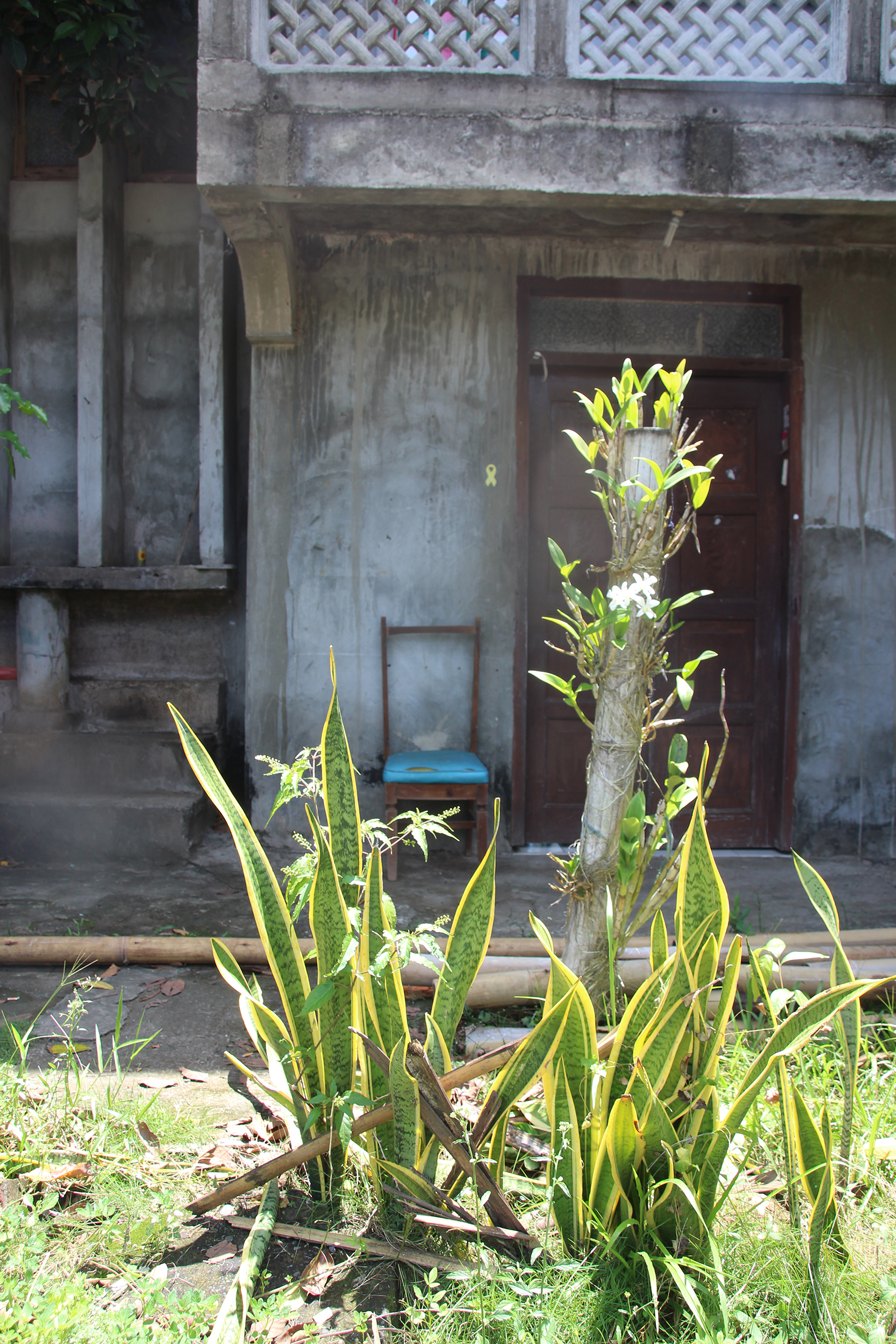
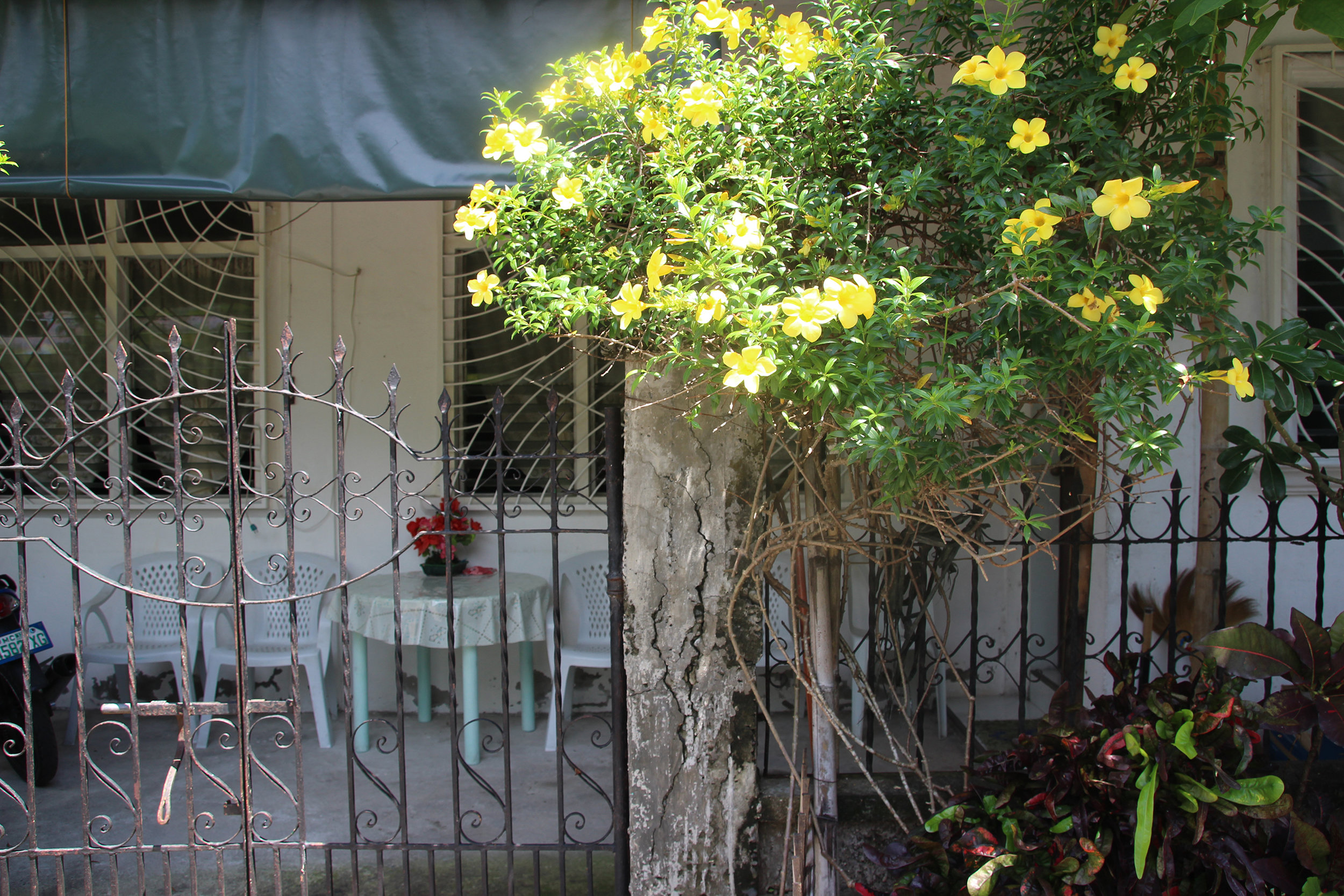
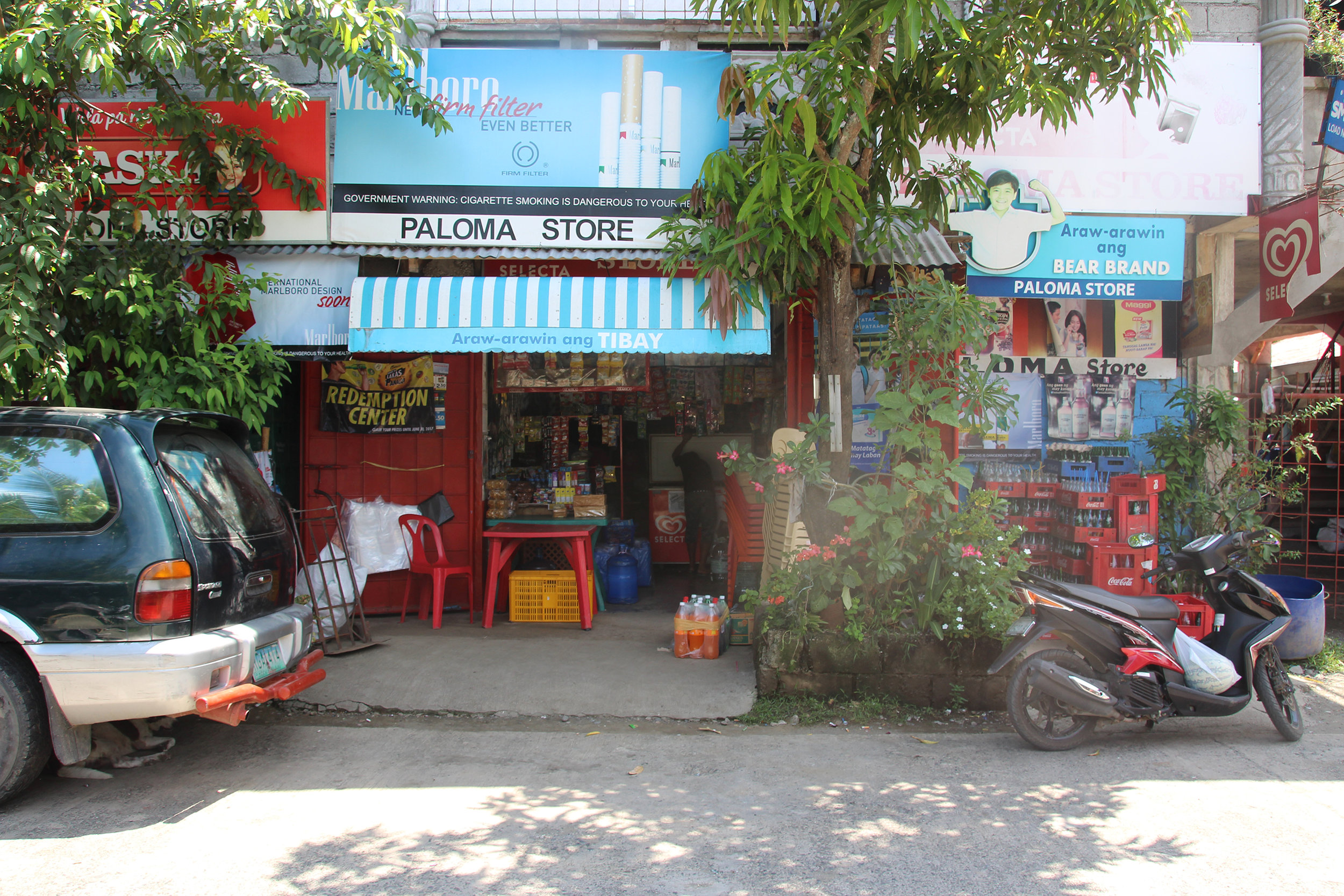

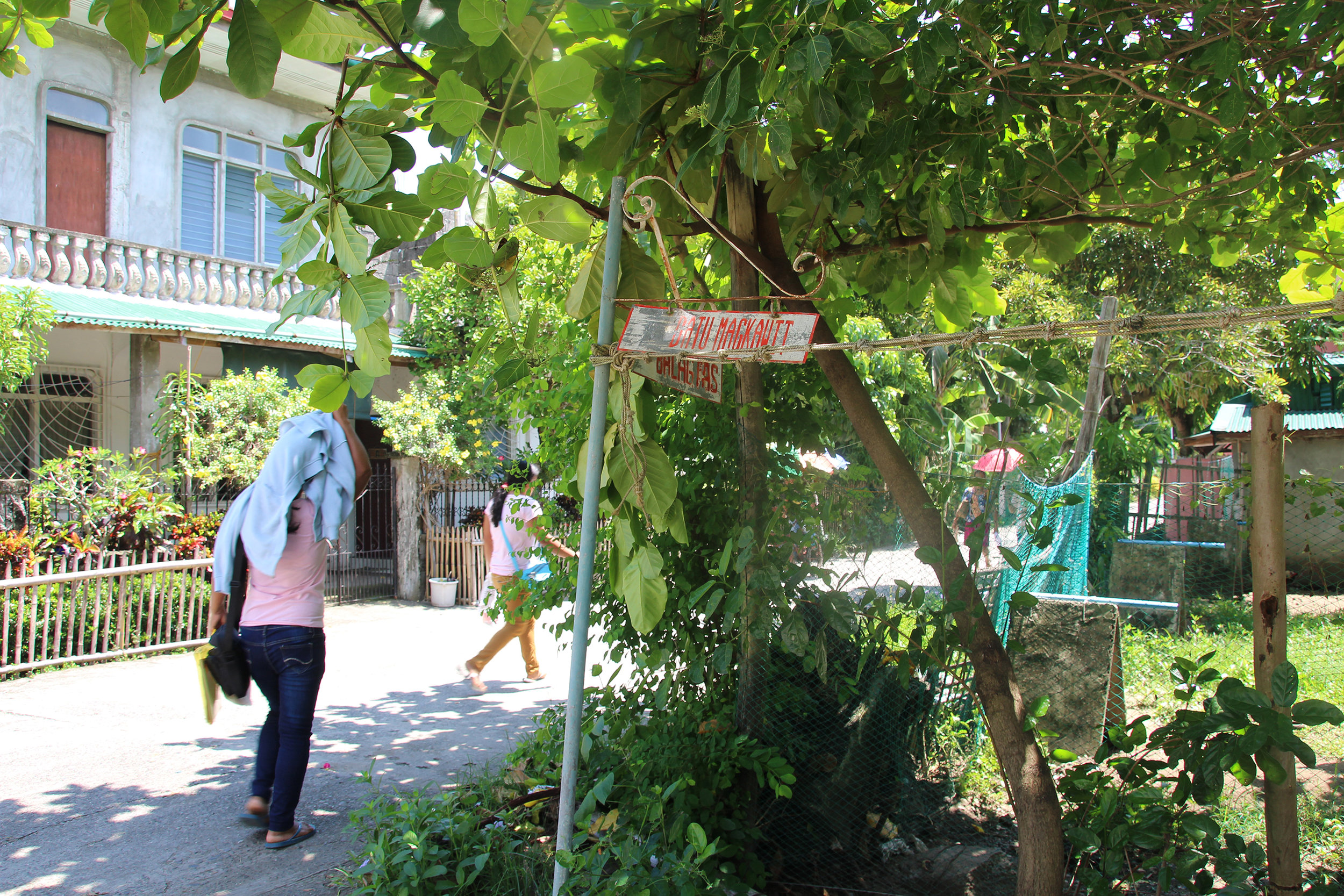
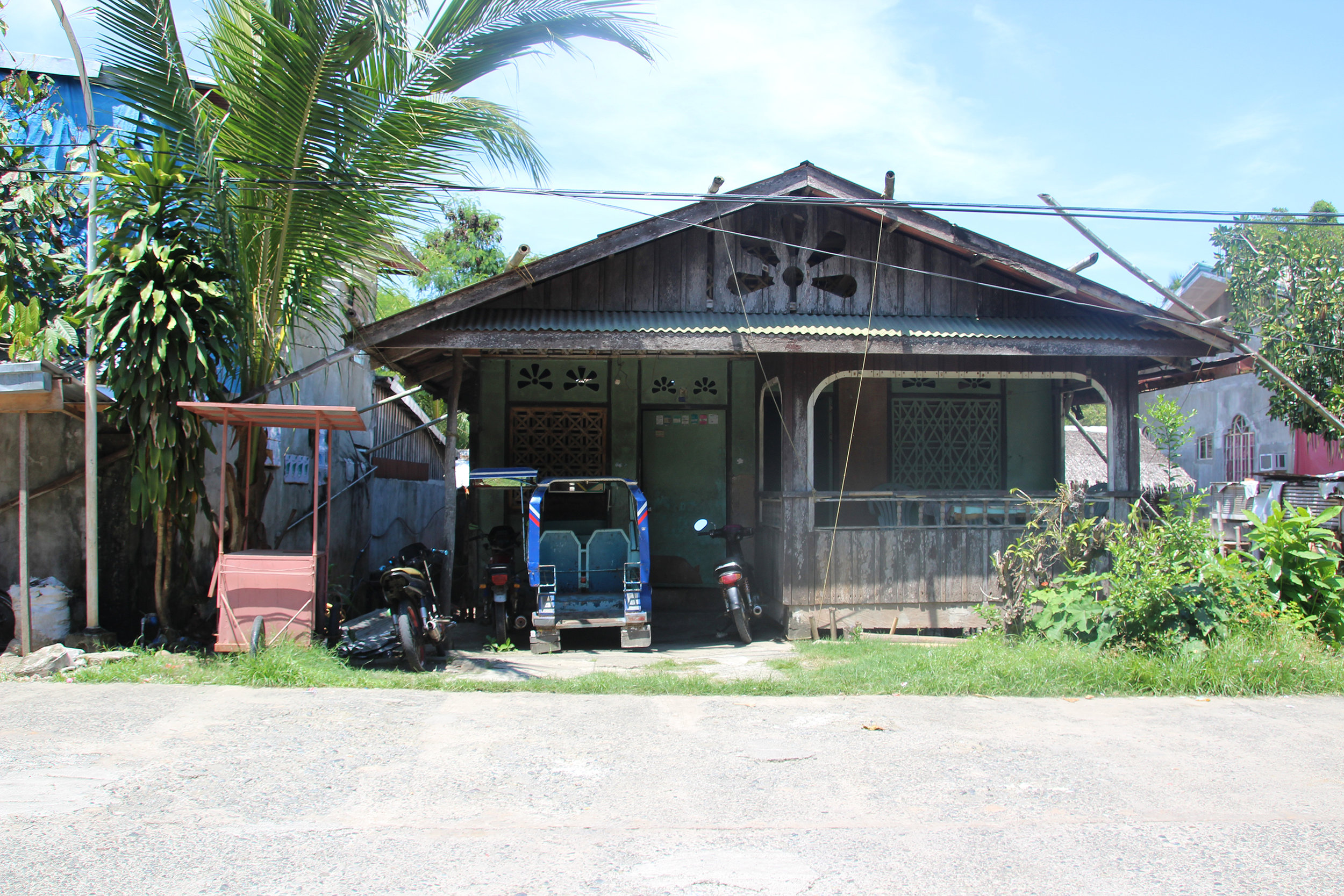
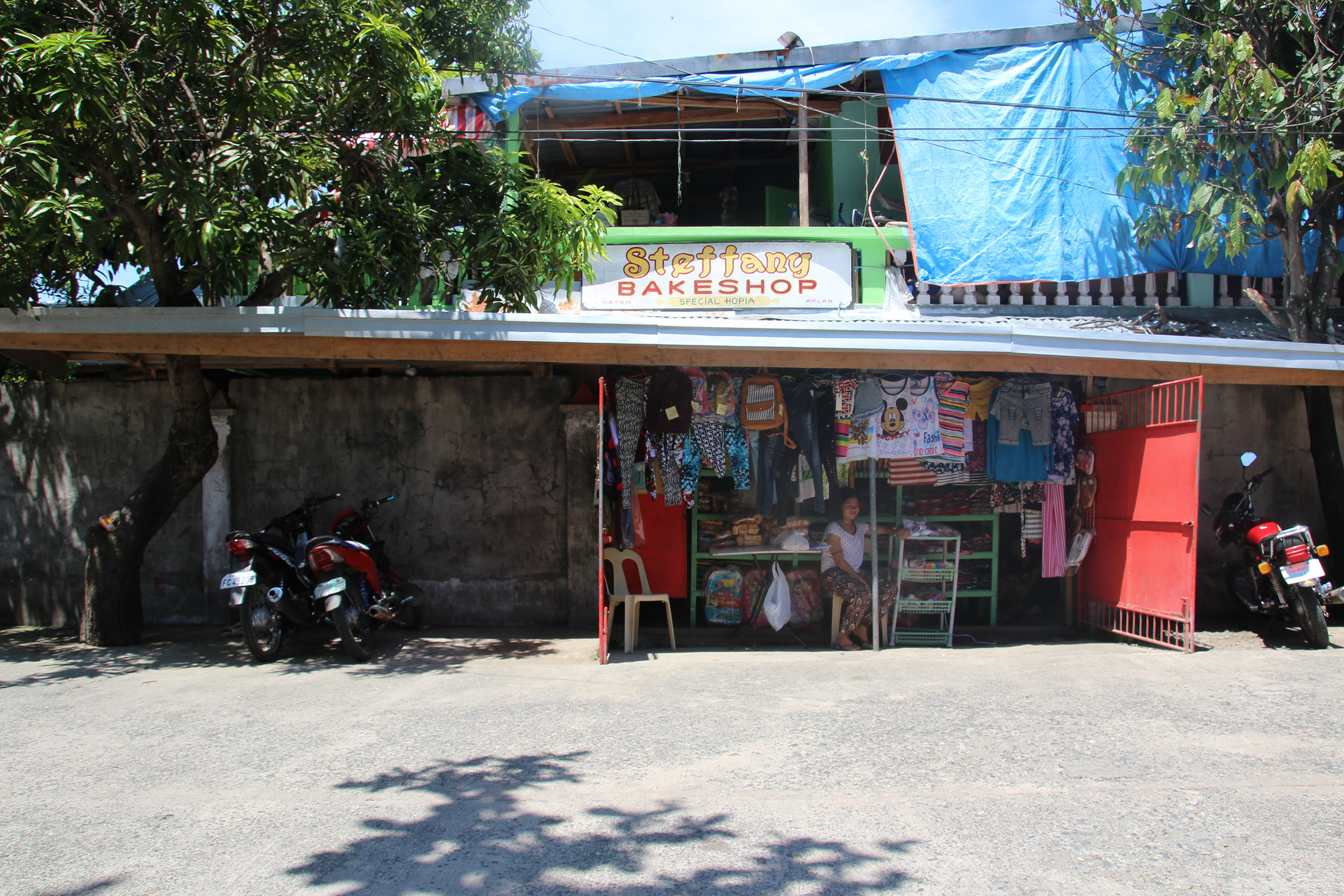
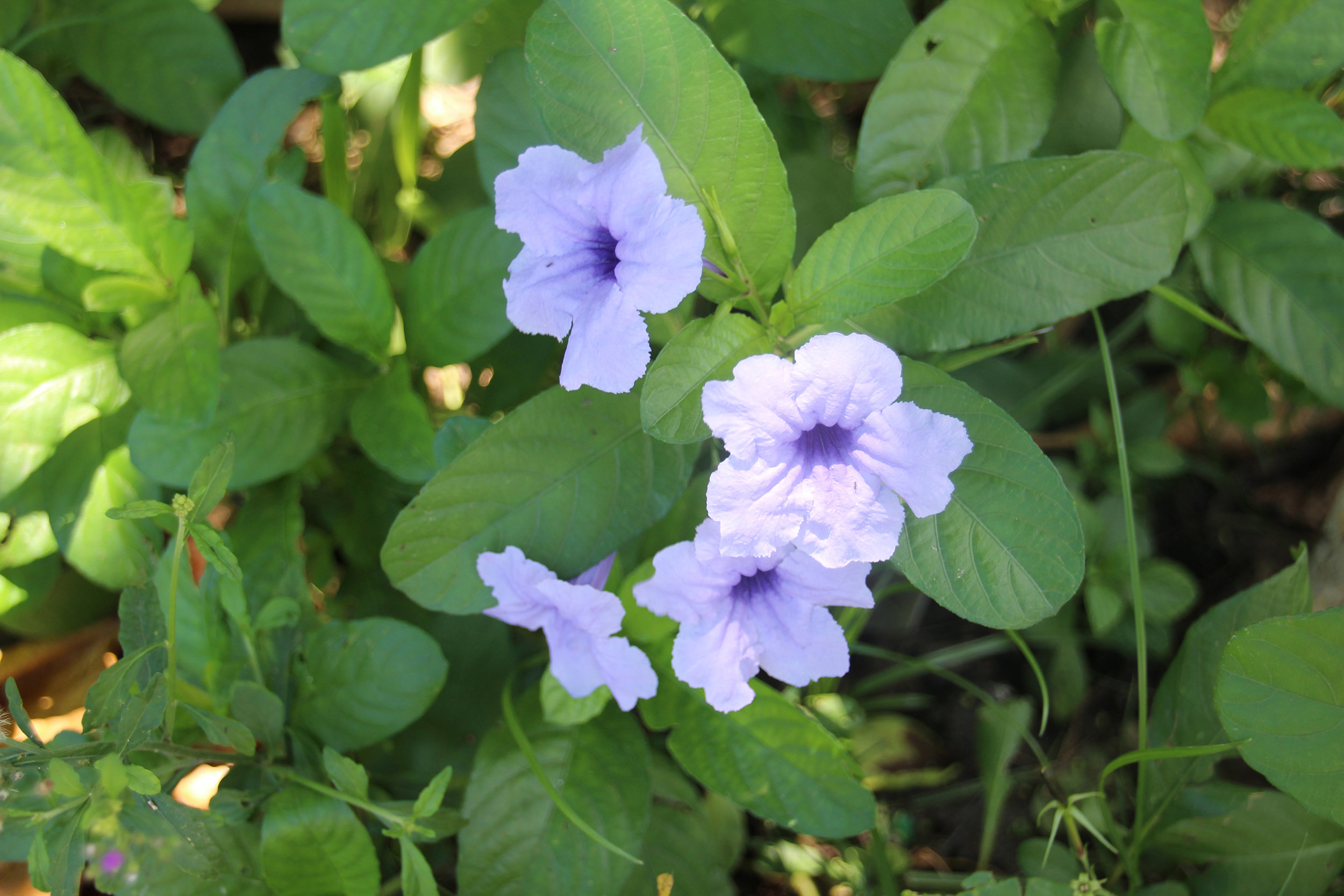
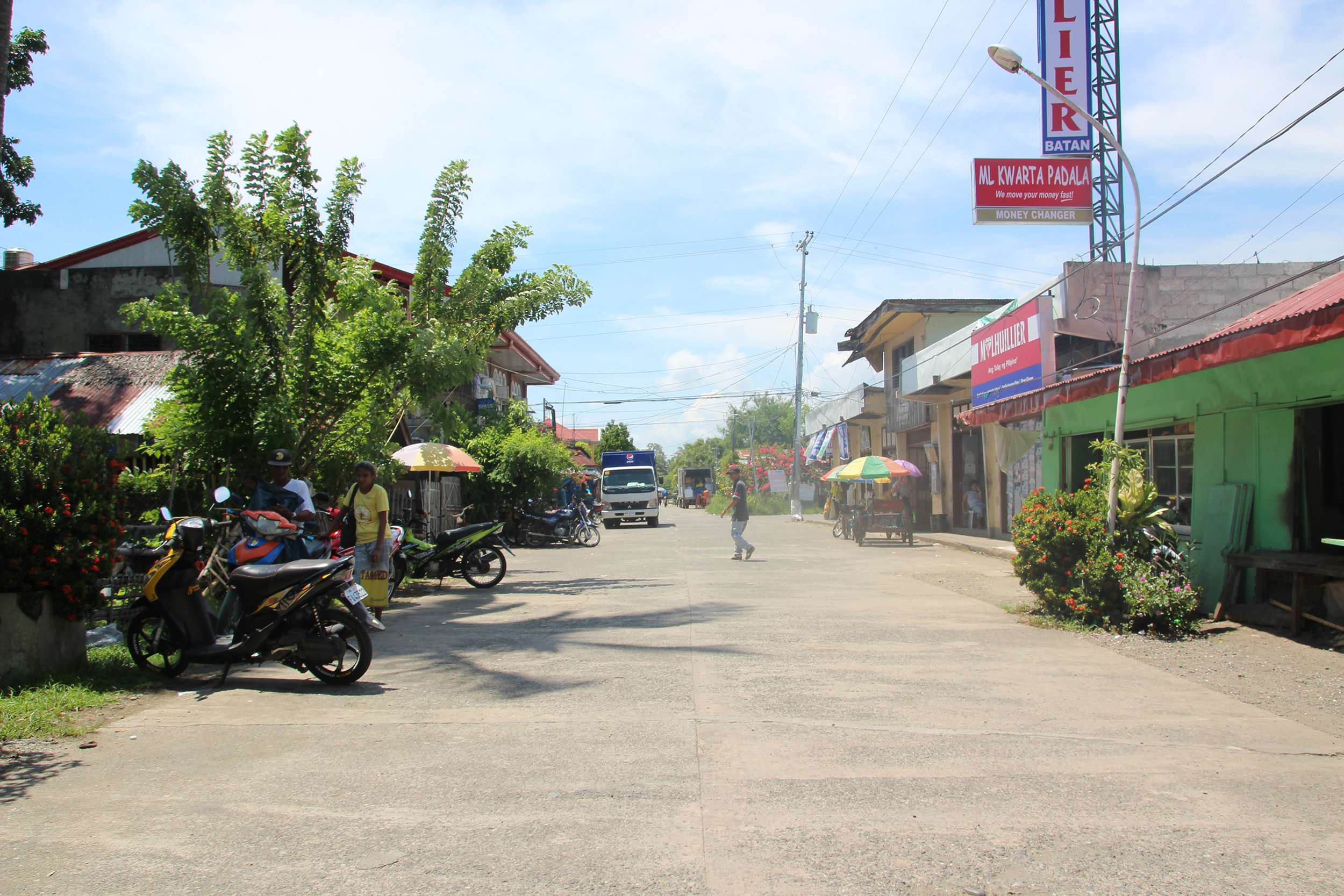
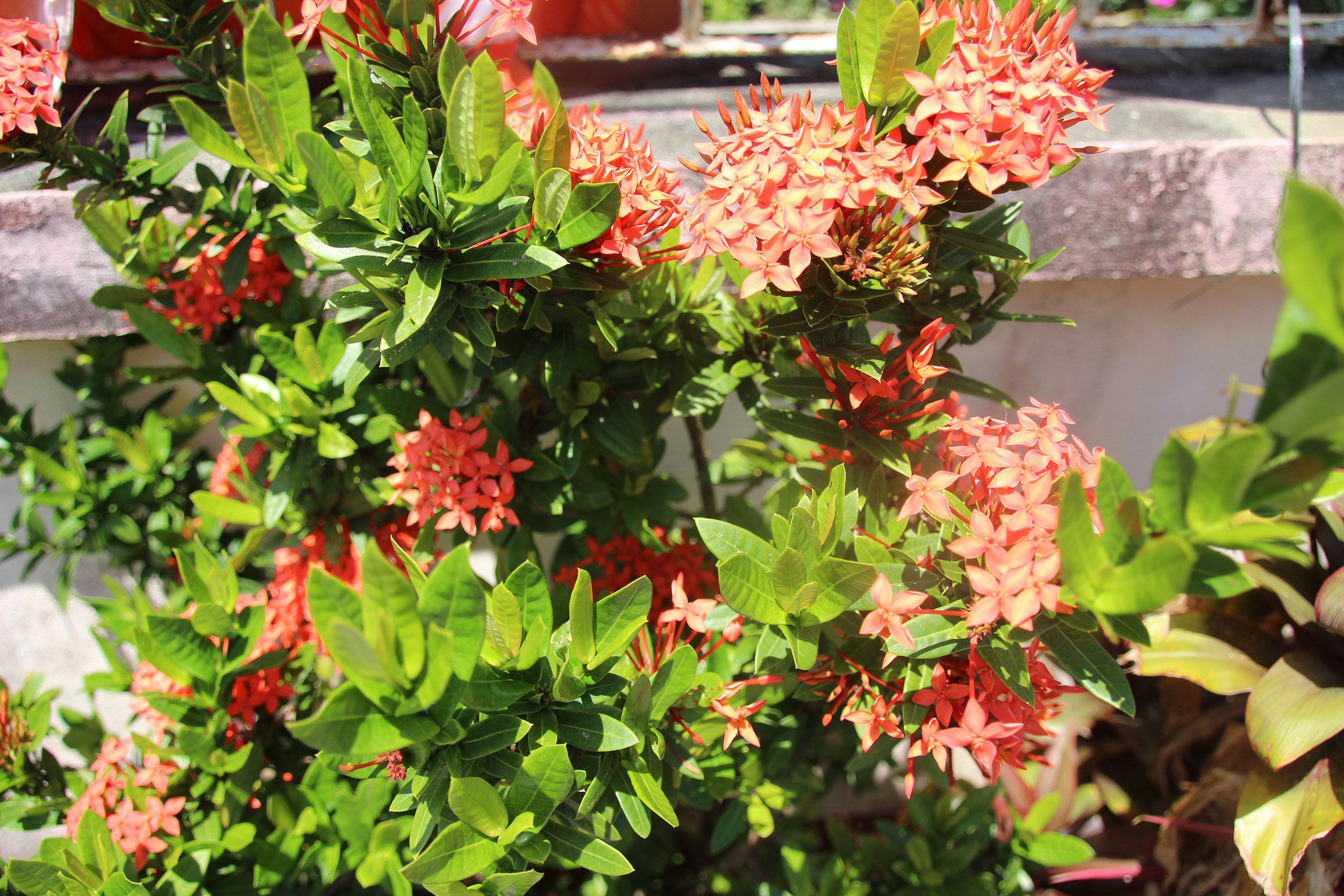
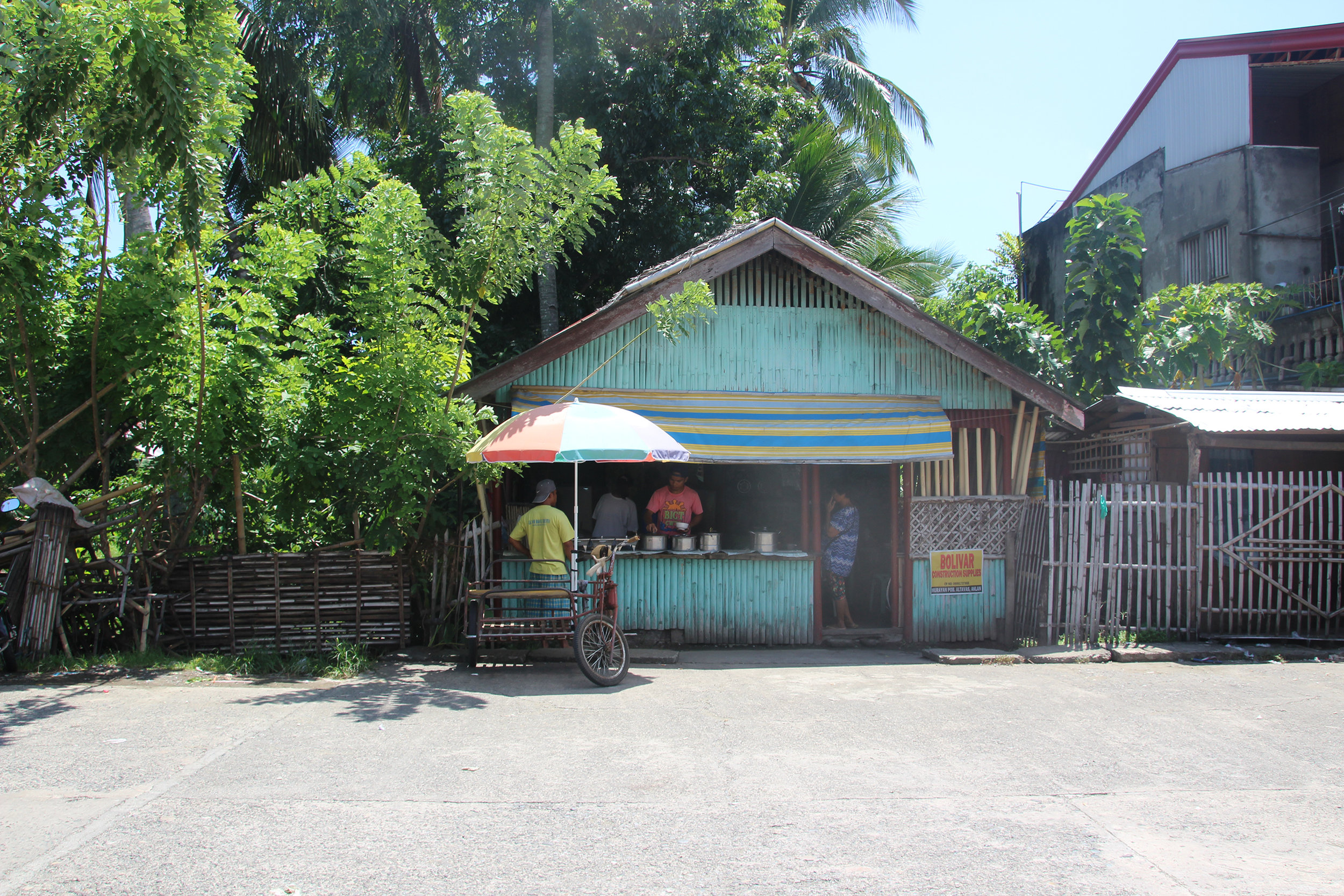



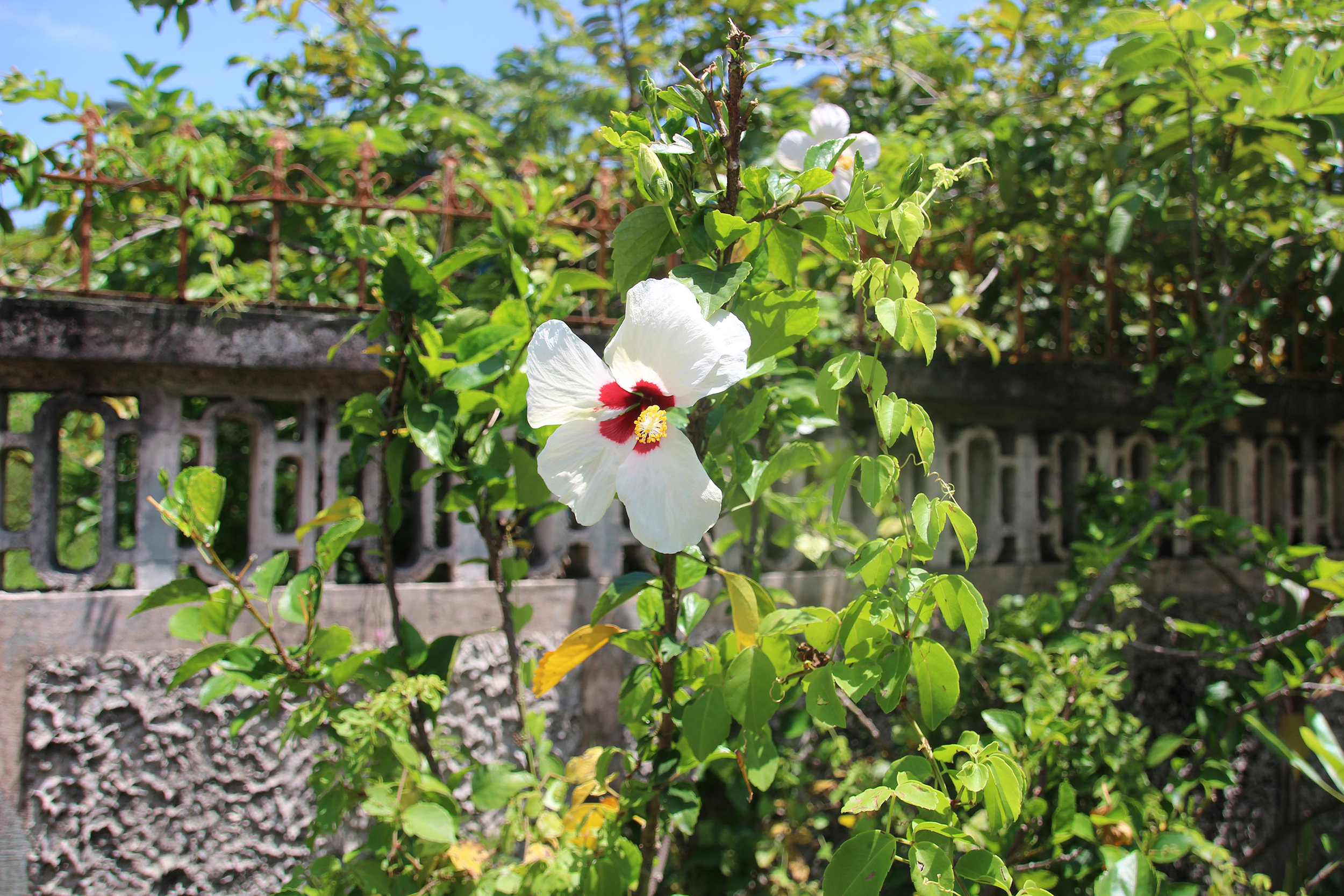


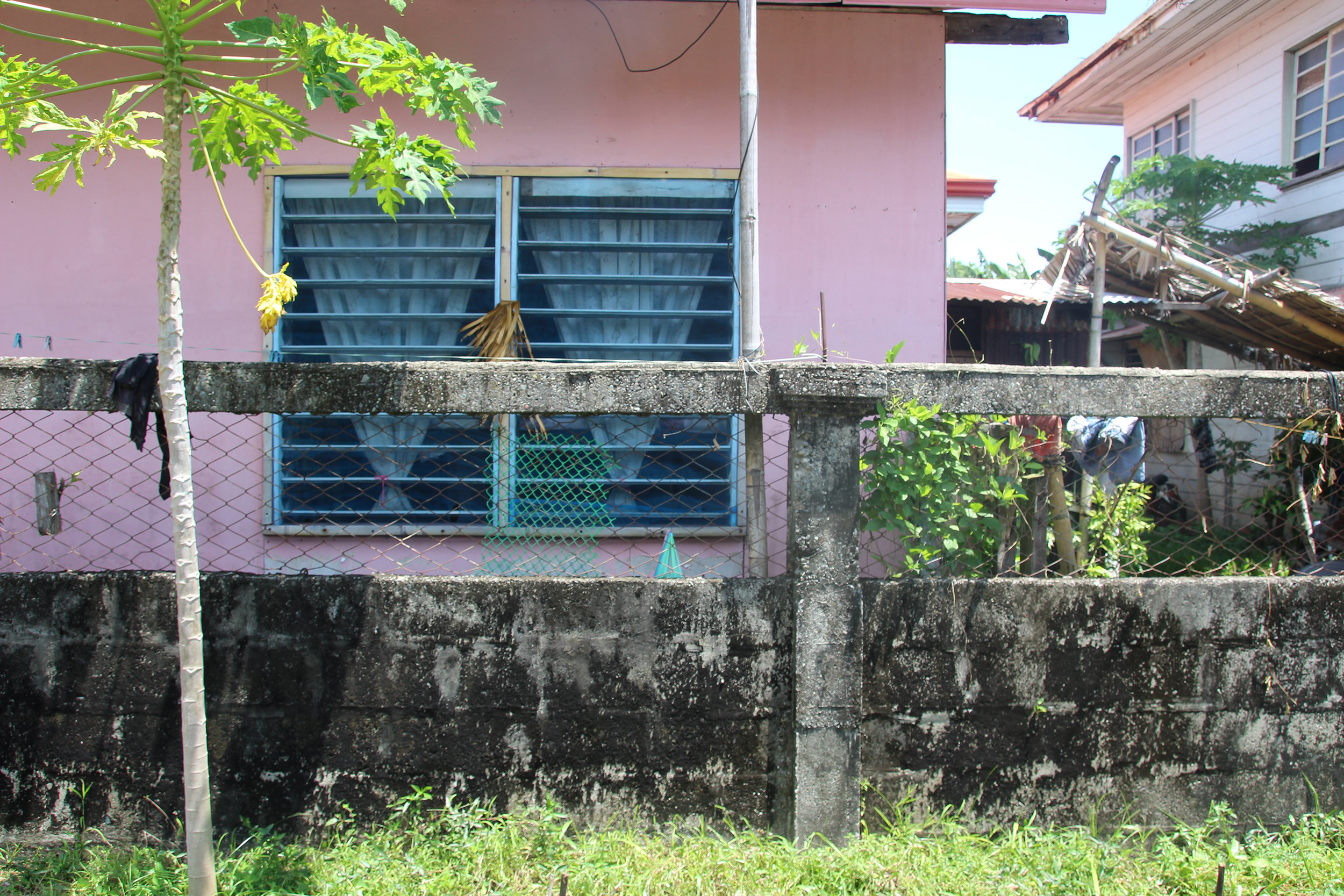
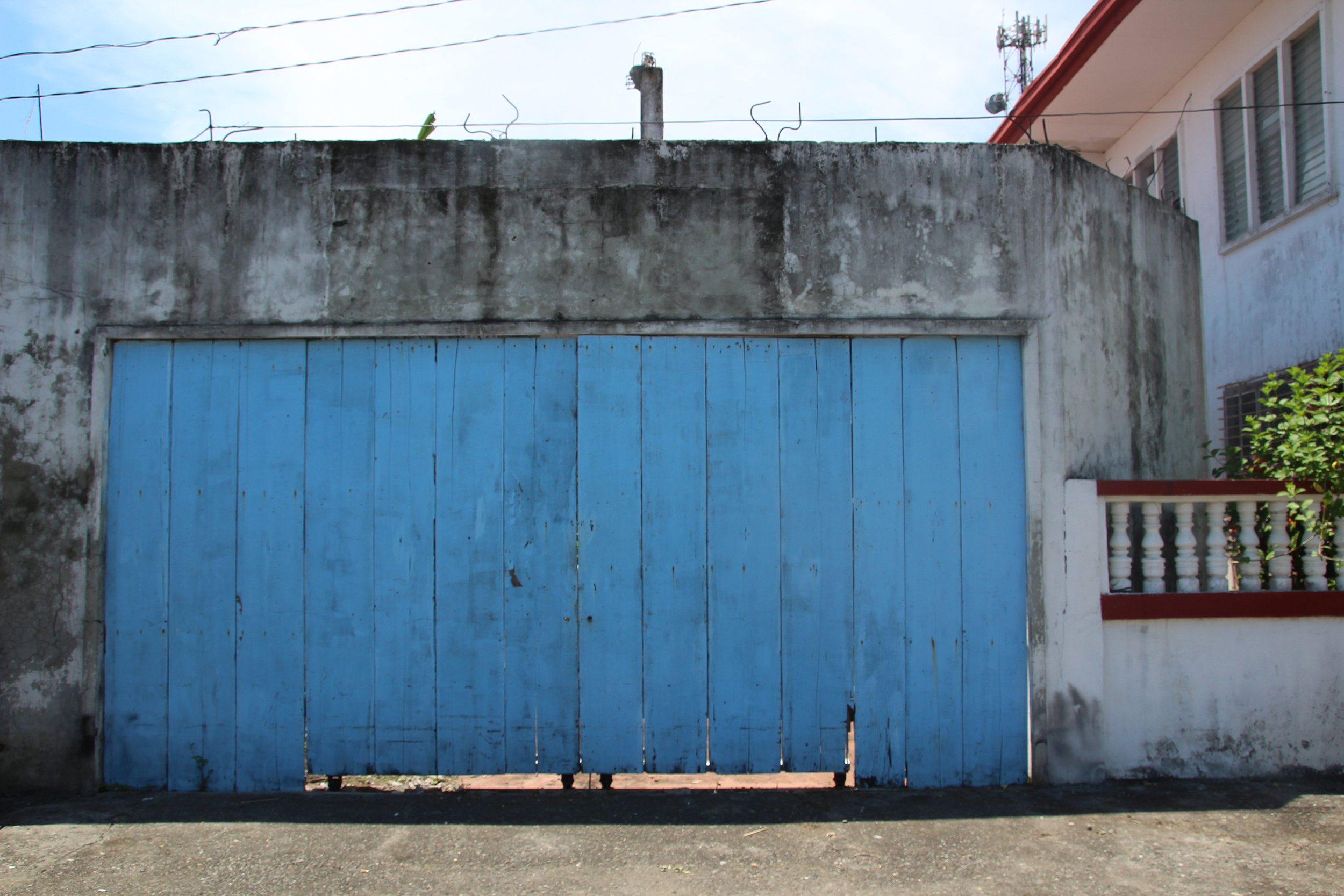
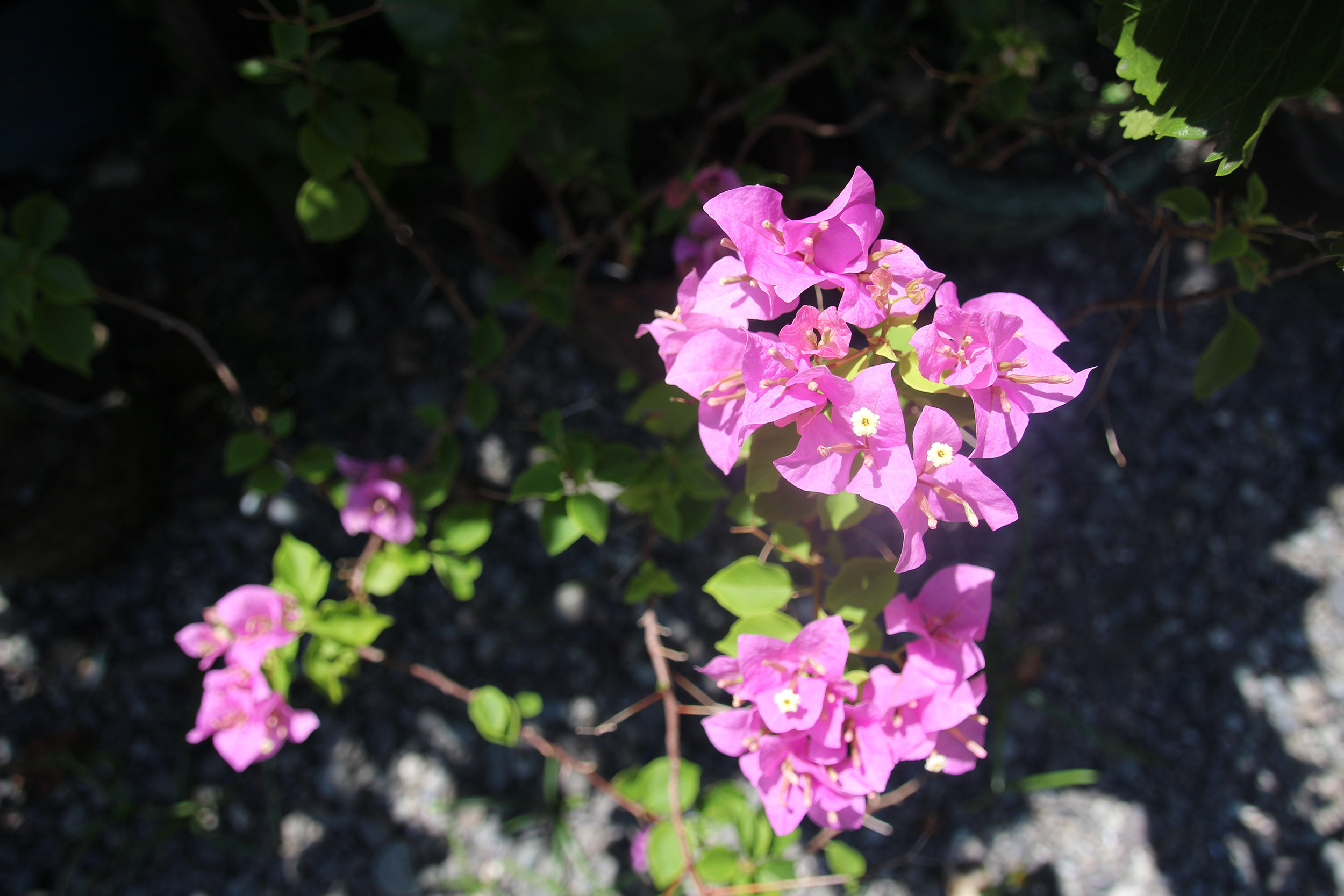
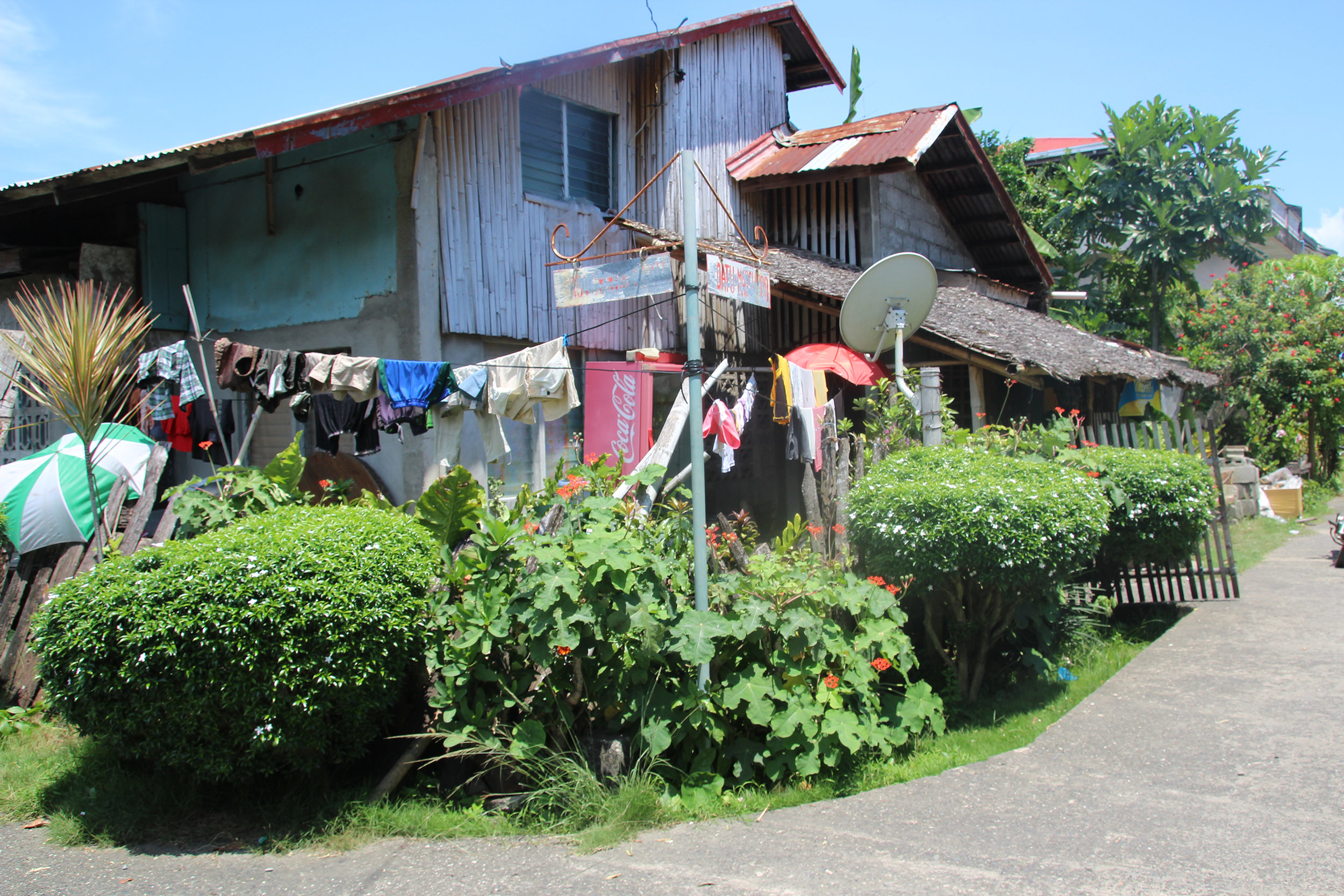
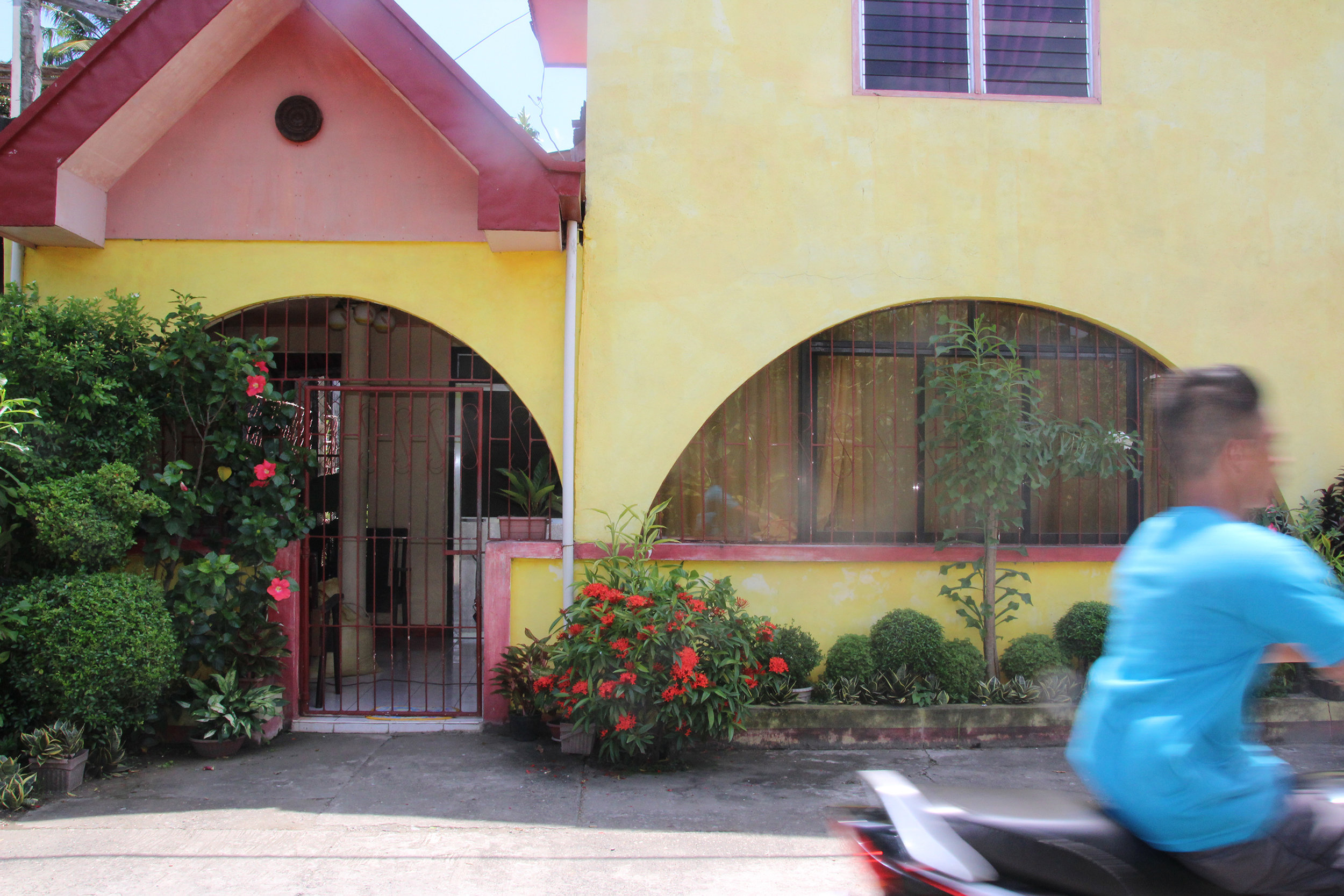
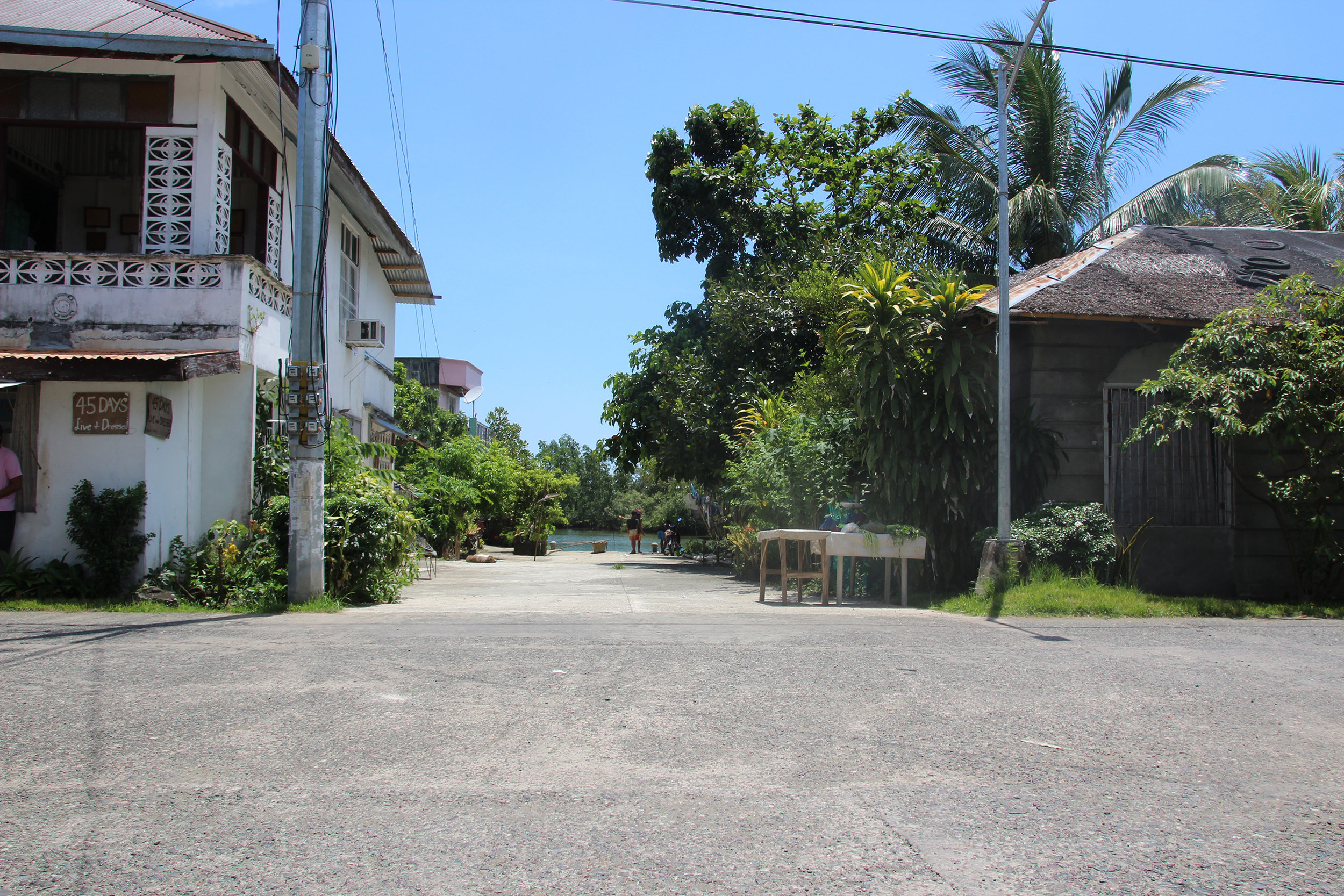
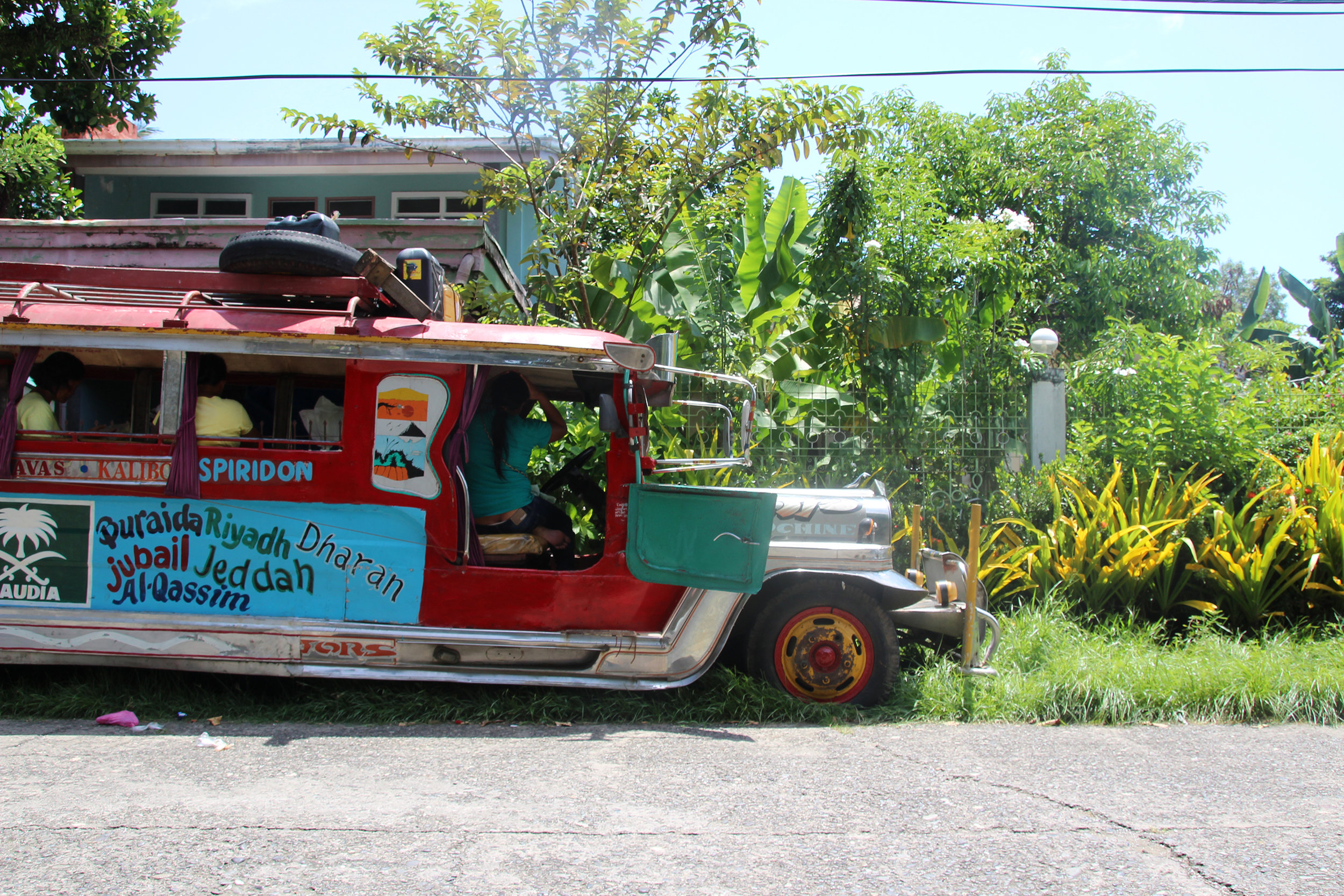
"I inhaled the local fragrances of fish, orchids and tropical fruit, and absorbed the colours and shapes of trees and flowers."
You tend to write in the mornings and paint in the afternoons. What’s the relationship between your writings and paintings? How do these seemingly different practices converge?
I am a great admirer of the graphic artist and non-fiction writer Lauren Redniss who draws with words and writes with images. In her two recent books, one on Marie Curie and the other on the weather and climate change, she combines the two practices beautifully and also weaves in scientific themes. Her artwork for the Marie Curie book was made using cyanotype print (paper coated with chemicals and exposed to the ultraviolet rays of the sun) to fit the theme of radioactivity. (See her talk on TEDxEast.) Both writing and painting require the artist to attend to structure, texture, content and narrative arch.
What came naturally to you first?
Books came first. I was a voracious reader as a child and student. After my own children were born, I had little time to read books, but read book reviews. Three years after coming to Canada, when I had a bit of money in my pocket, the first two evening courses I paid for at the YWCA in Ottawa was Typing (to get some office skills) and Introduction to Painting (I don’t know why).
Can the act of being a writer and a painter exist without the other?
I am sure there are people who do only writing as well as people who do only painting. They are poorer for it.
How has your stay in Elmo’s House enriched your practice/s?
It confirmed that I can fit in anywhere, paint large scale, need a bigger studio than what I have at home, and will likely want to paint in the Philippines again.
Were there any specific instances where your work was challenged?
Not enough critique. I was the only visiting artist in residence and loved having the large studio to myself. I might have benefitted more if there were one or two other artists, so that we could have a rap session in the evening and compare and contrast our work of the day.
You’ve lived in several countries around the world. Warsaw for the first twenty years of your life, all over Canada for fifty years, Paris for six months and Hanoi for six years. What have you found in the Philippines that you feel is unlike any other place you’ve been in?
I have always lived in big cities. In the Philippines I lived in a small village. There were few distractions. I inhaled the local fragrances of fish, orchids and tropical fruit, and absorbed the colours and shapes of trees and flowers. I became aware of being the only white person. The villagers stared at me and I stared at them. It was an experience I treasure. I miss Elmo’s House, my welcoming hosts and the wonderful studio. I miss the market women who sold me banana cakes and papayas.
Elizabeth McLean’s second book, a novel entitled Woman King and the Naked Warriors is slated for publication in 2018.
elizabethmclean.ca

















